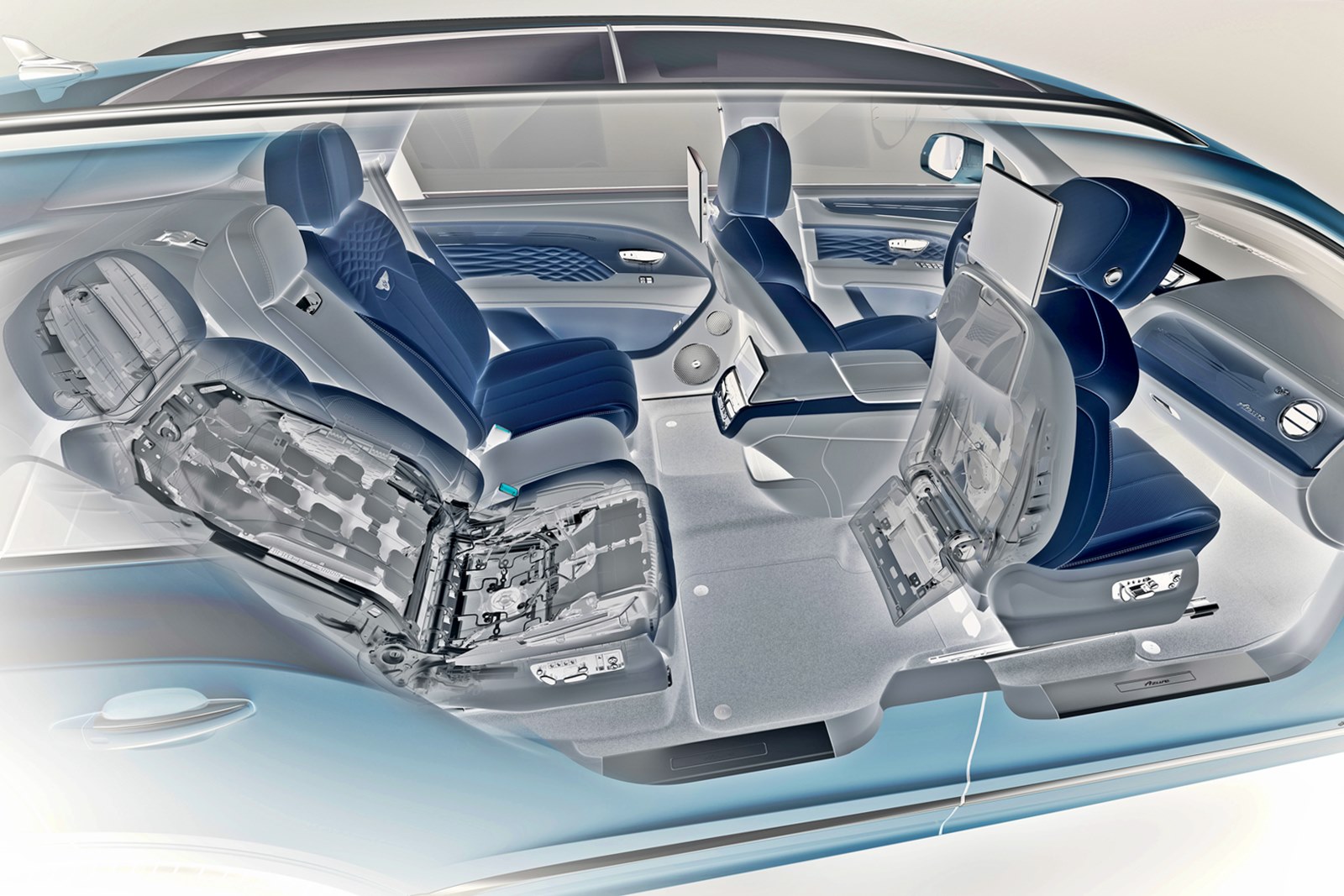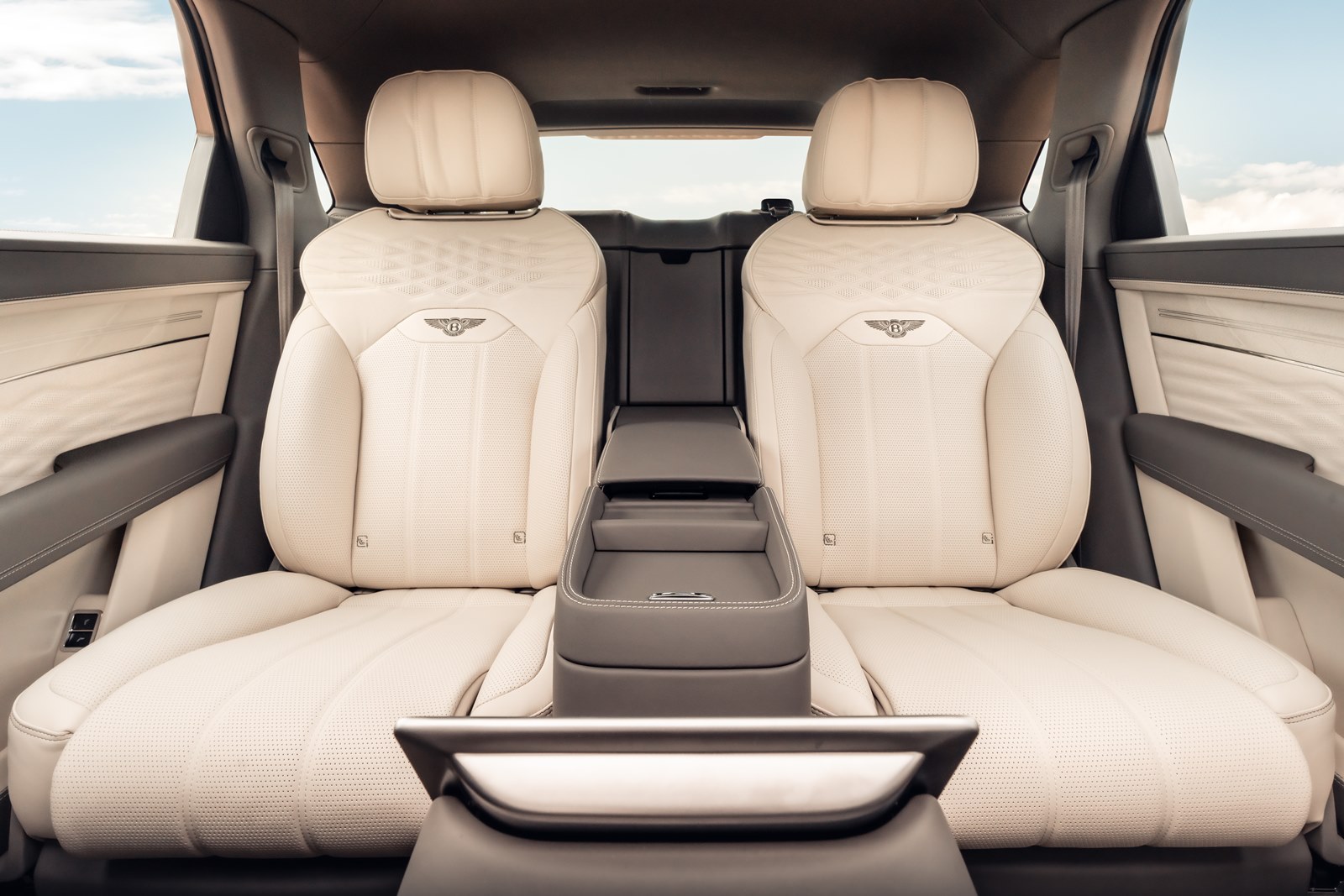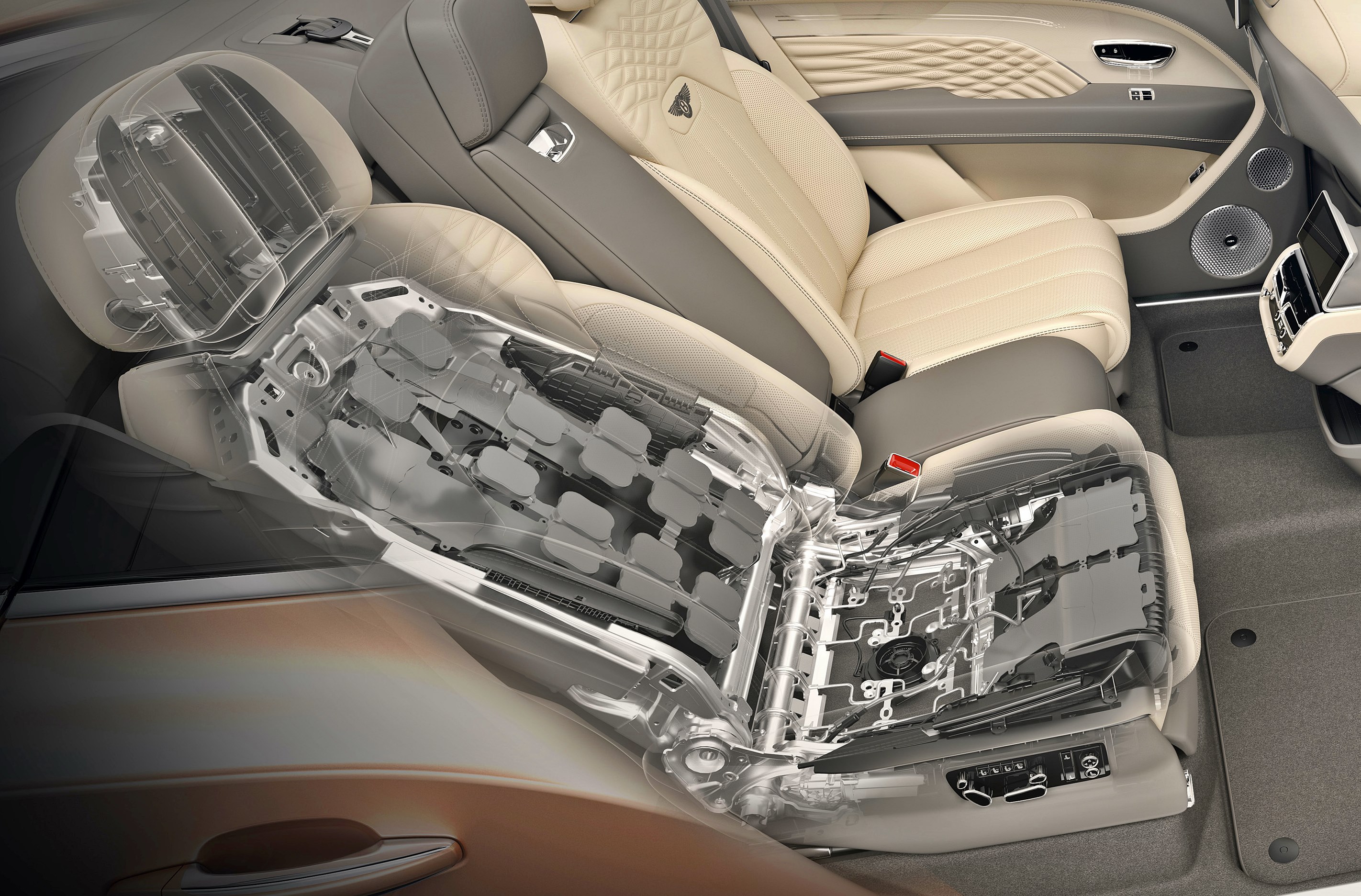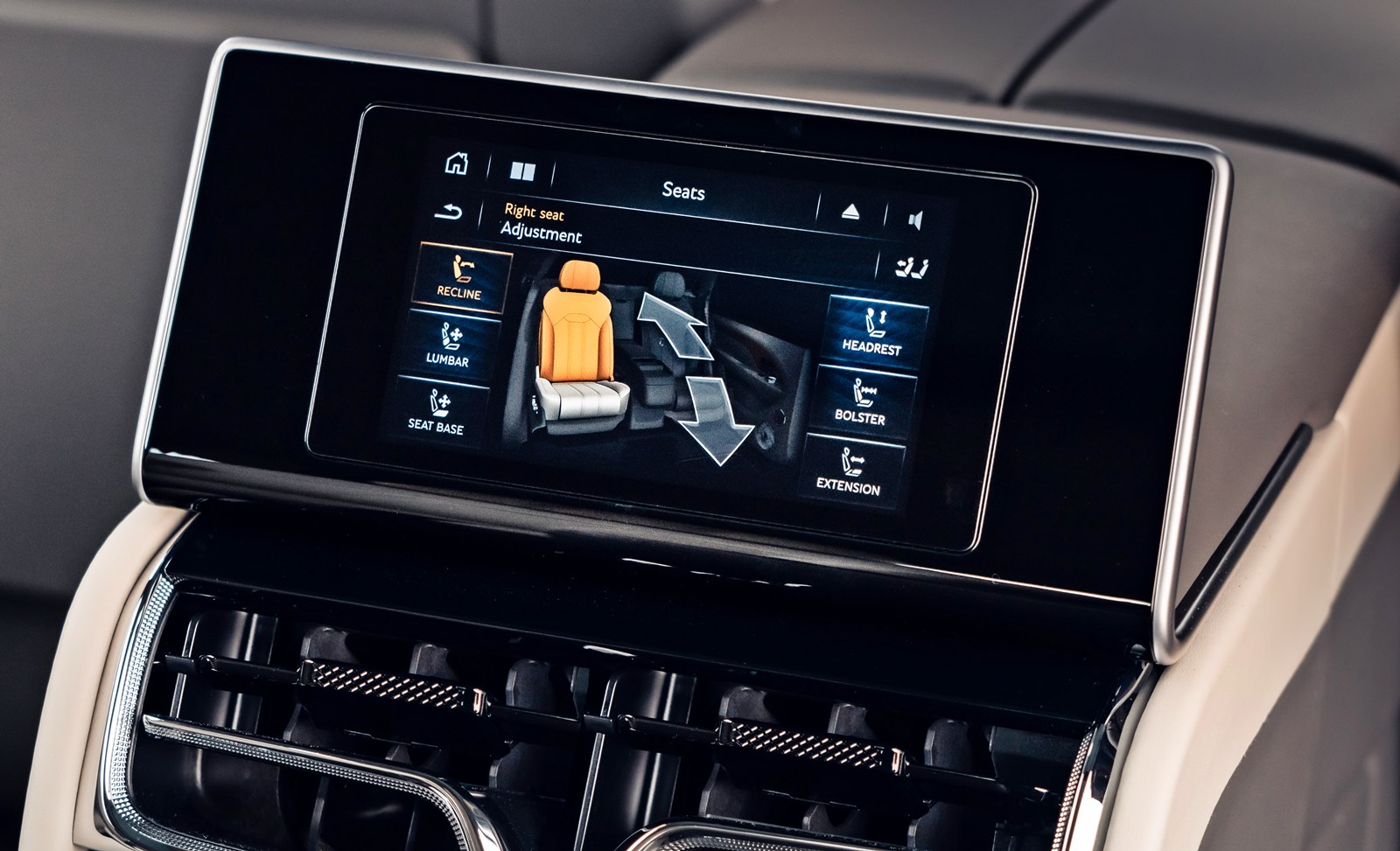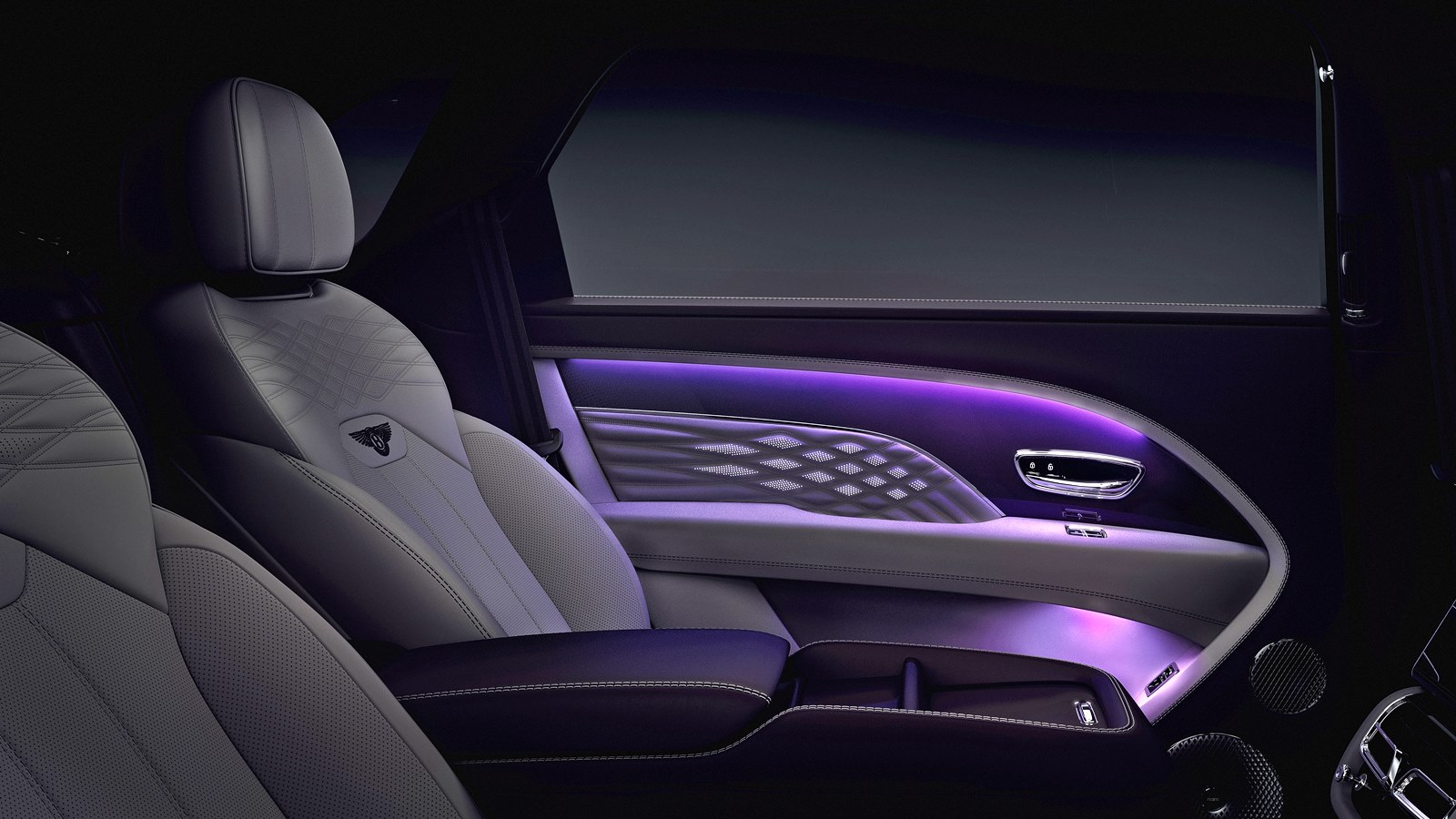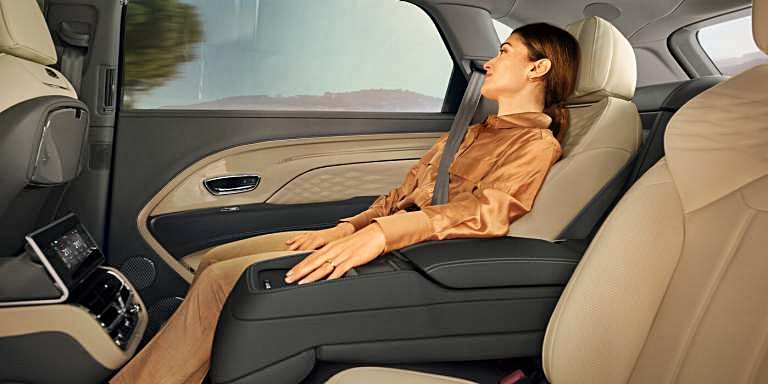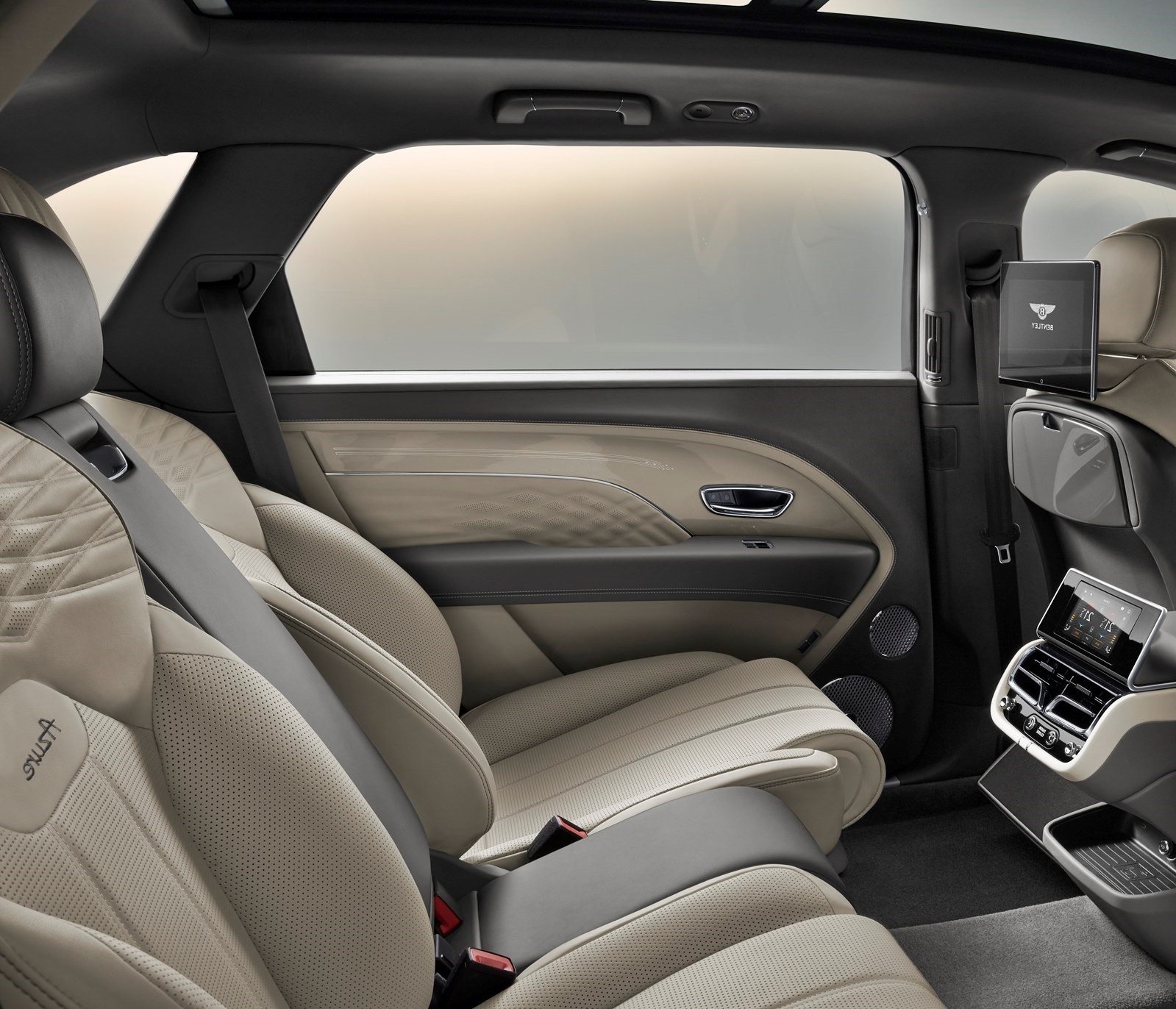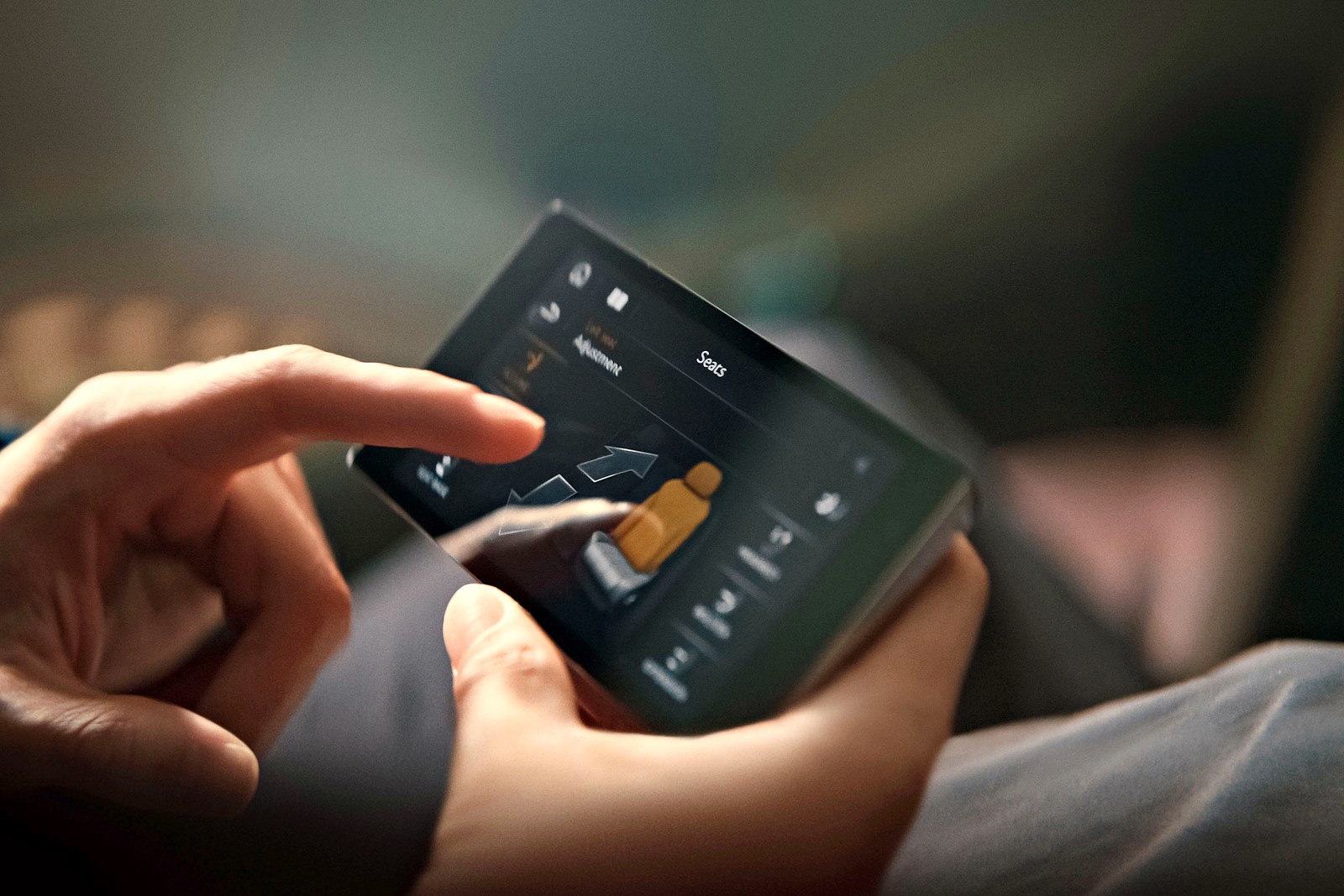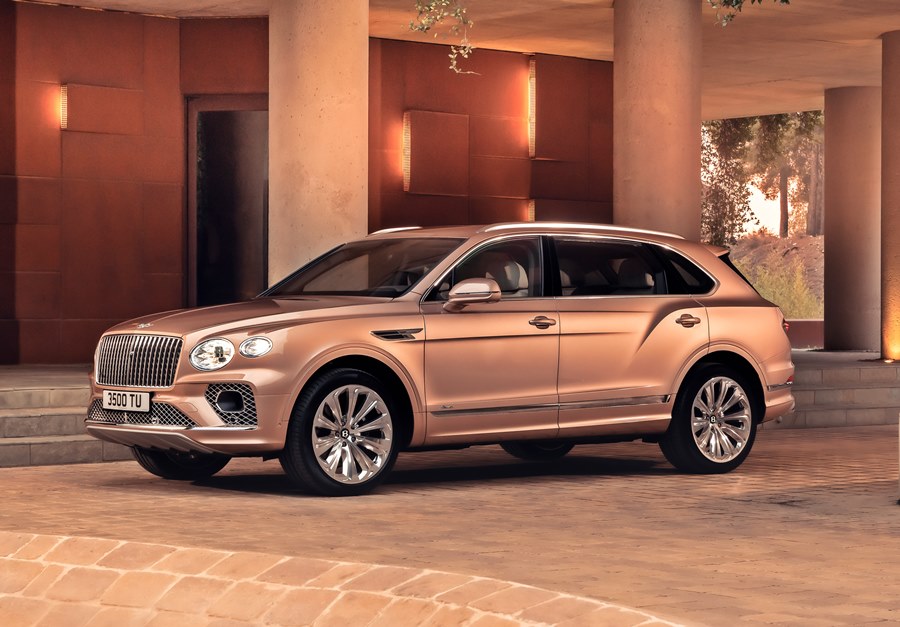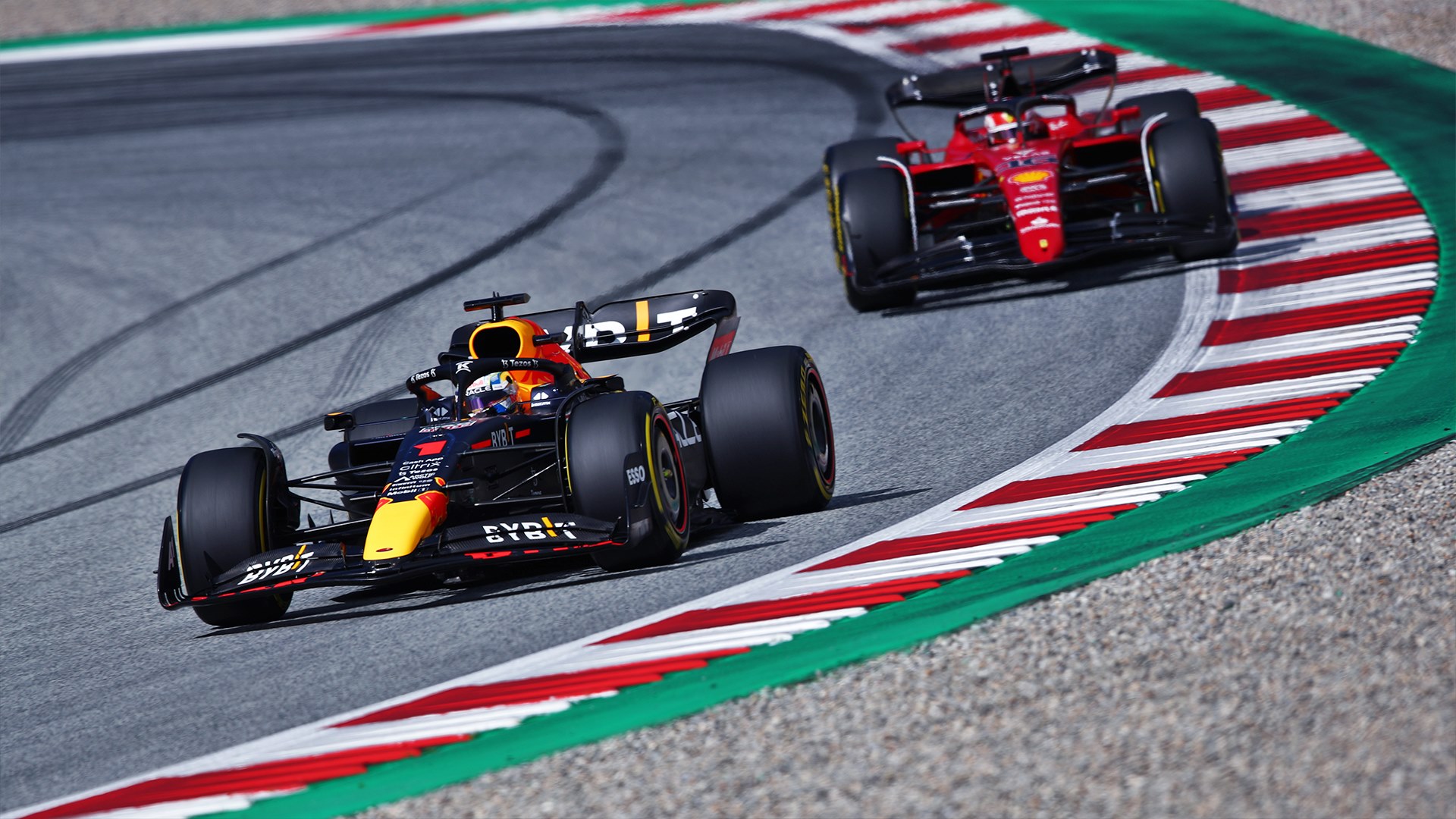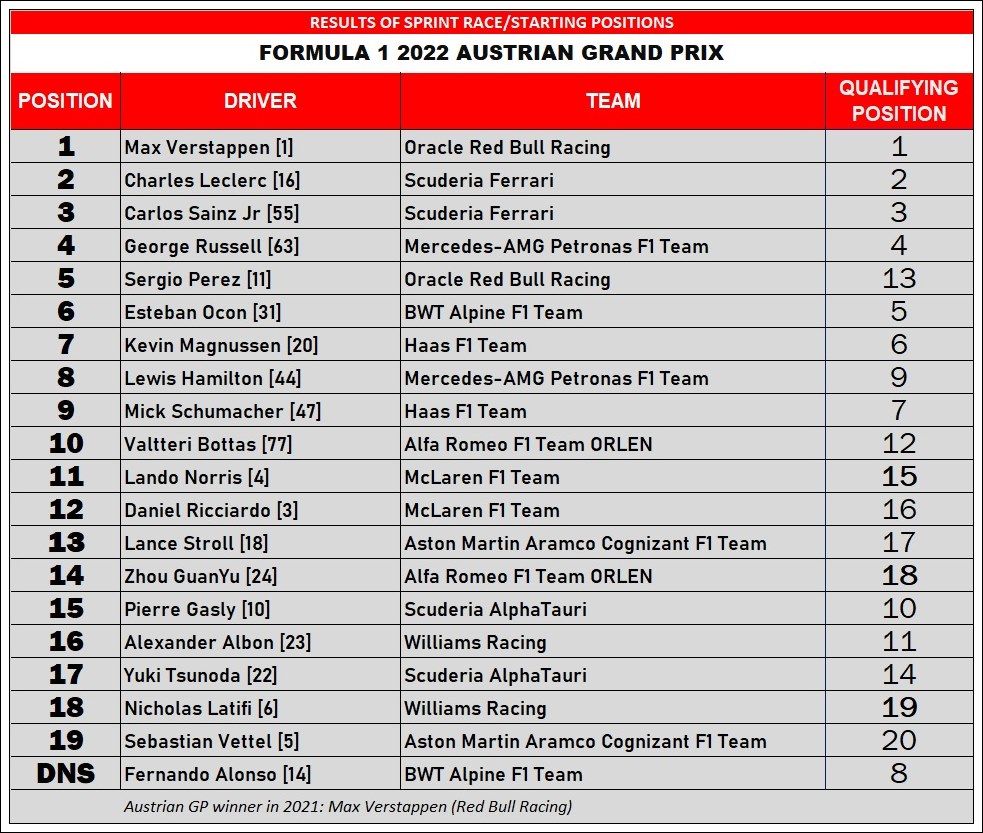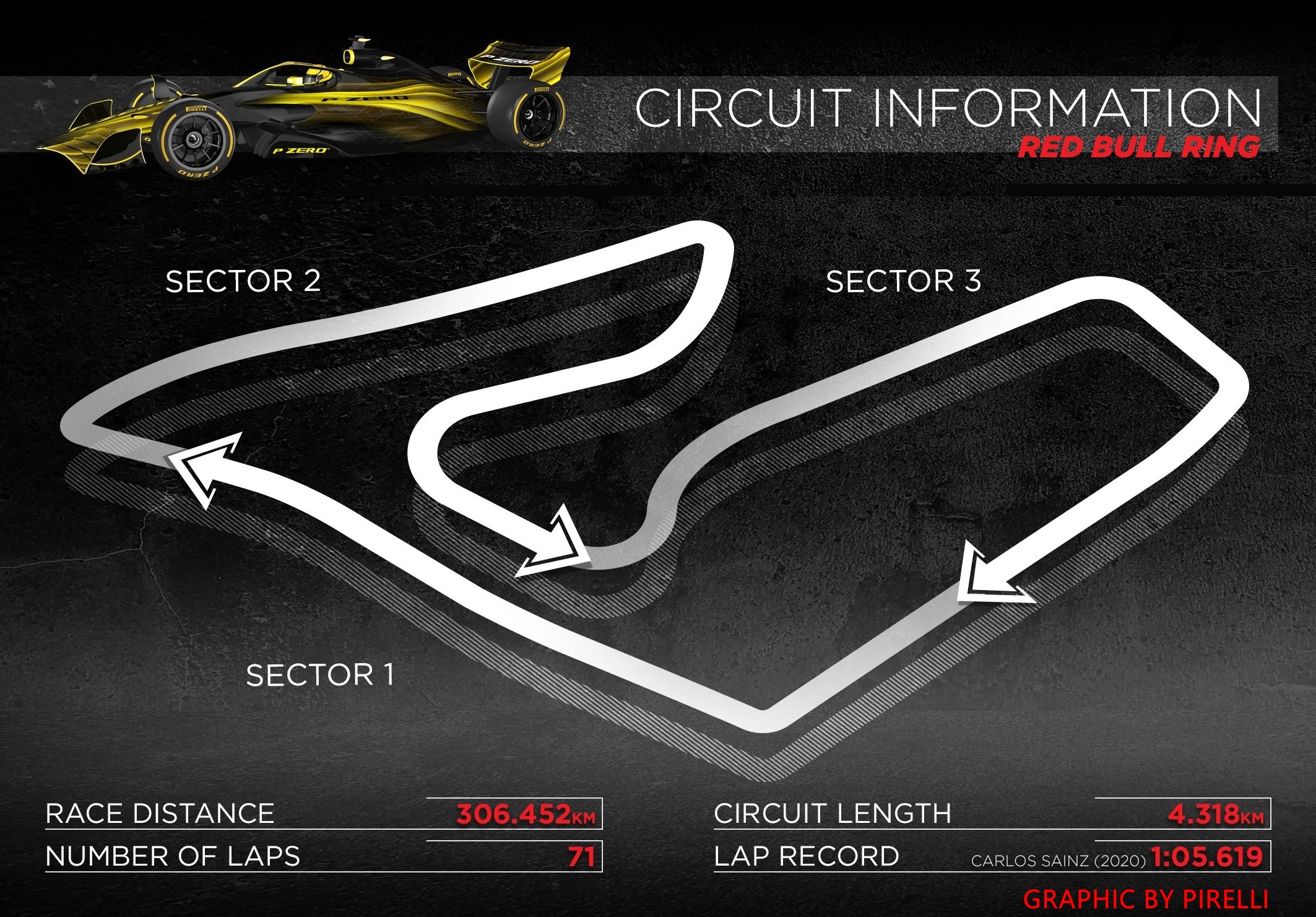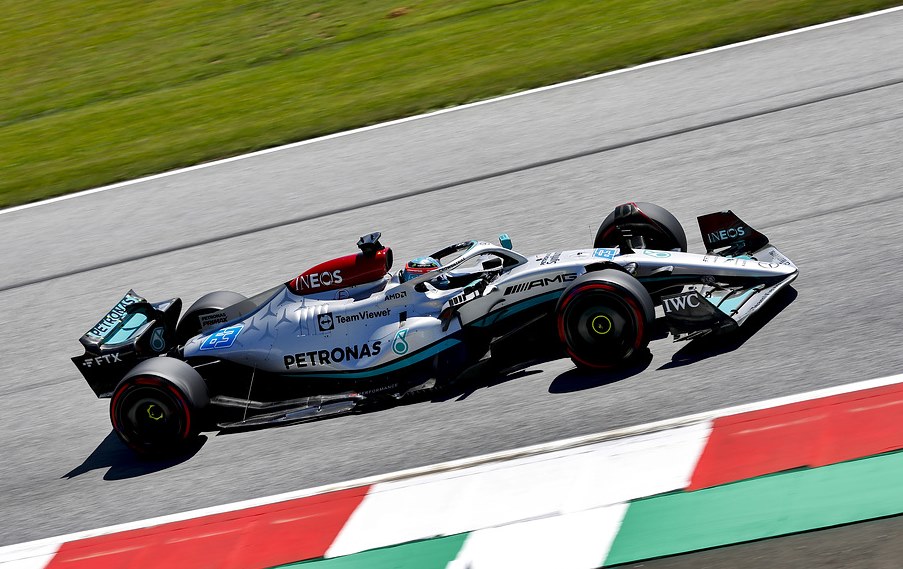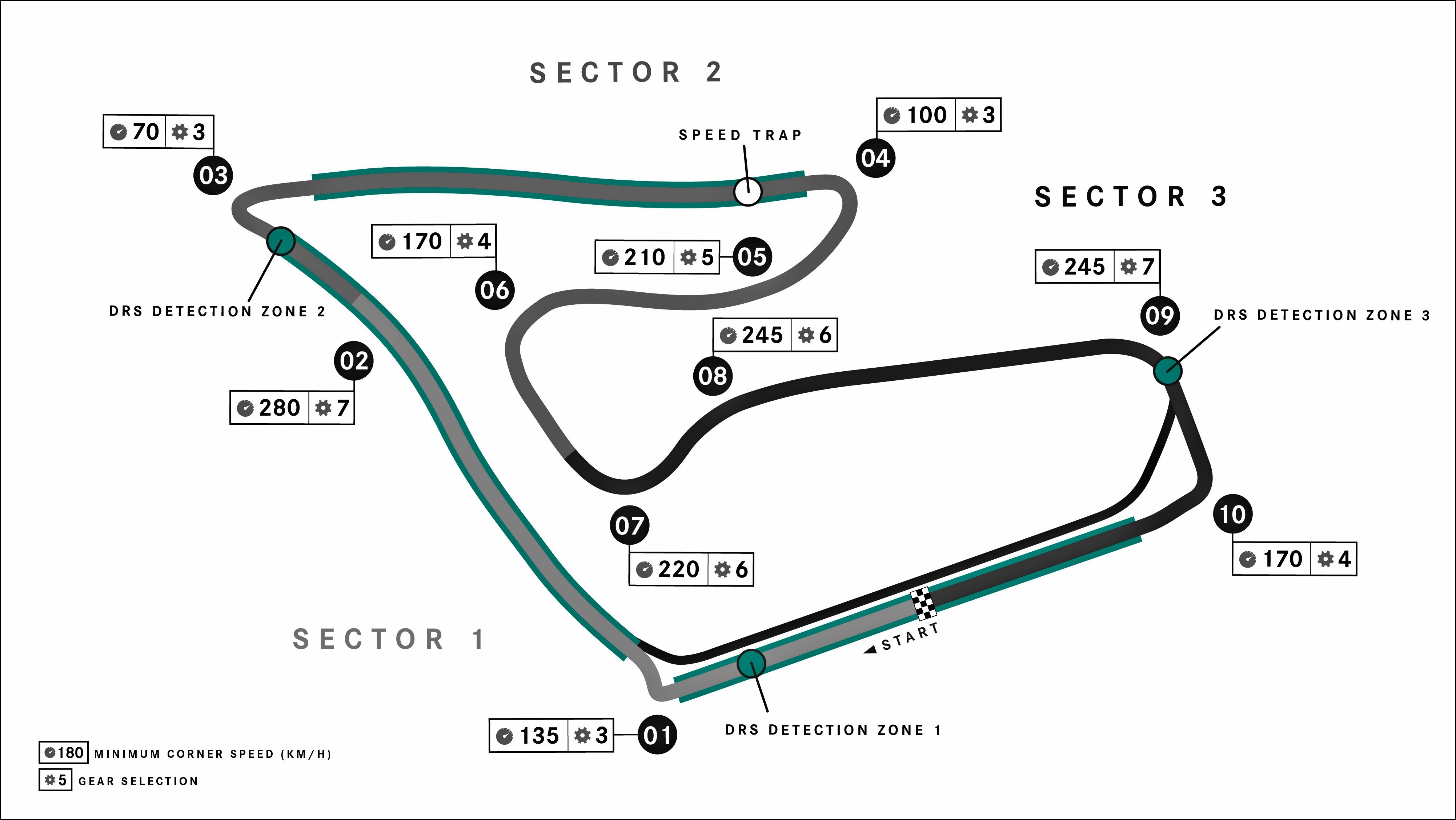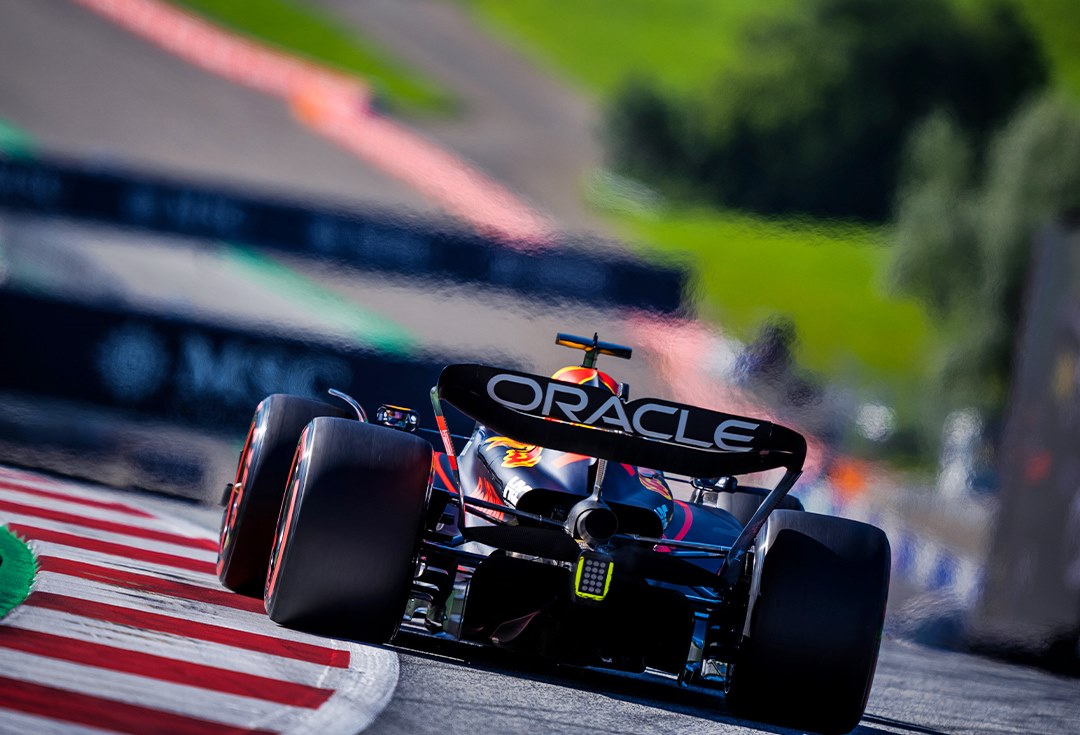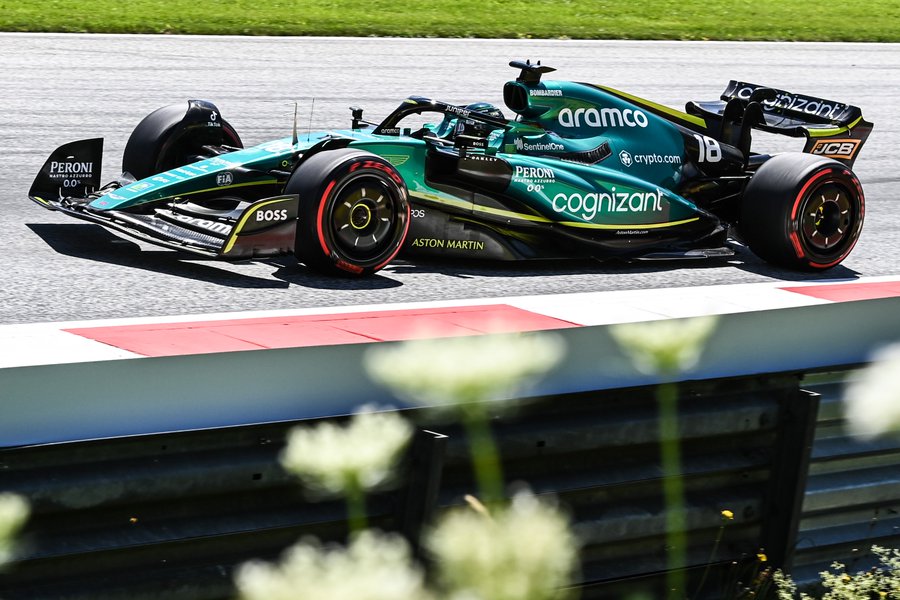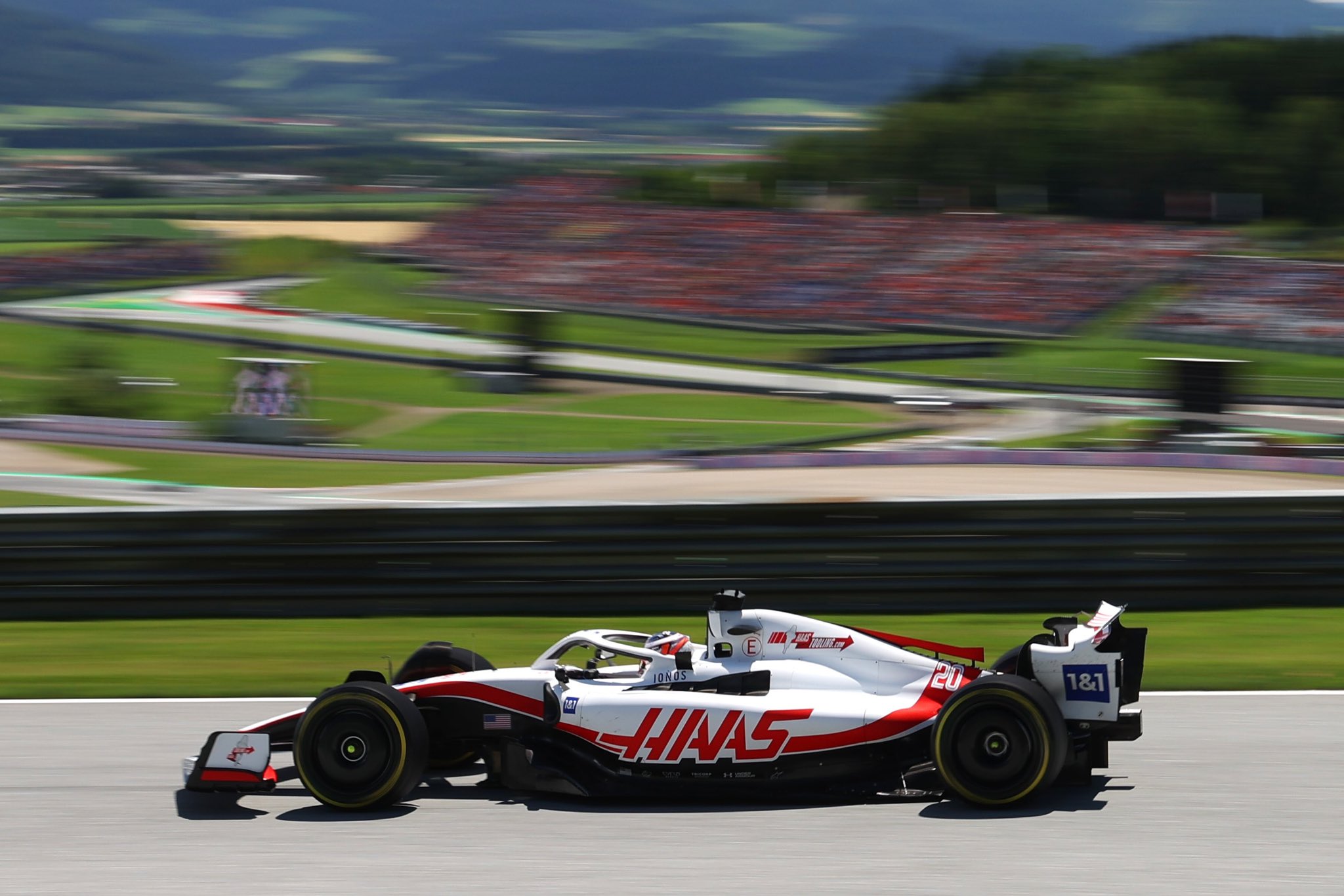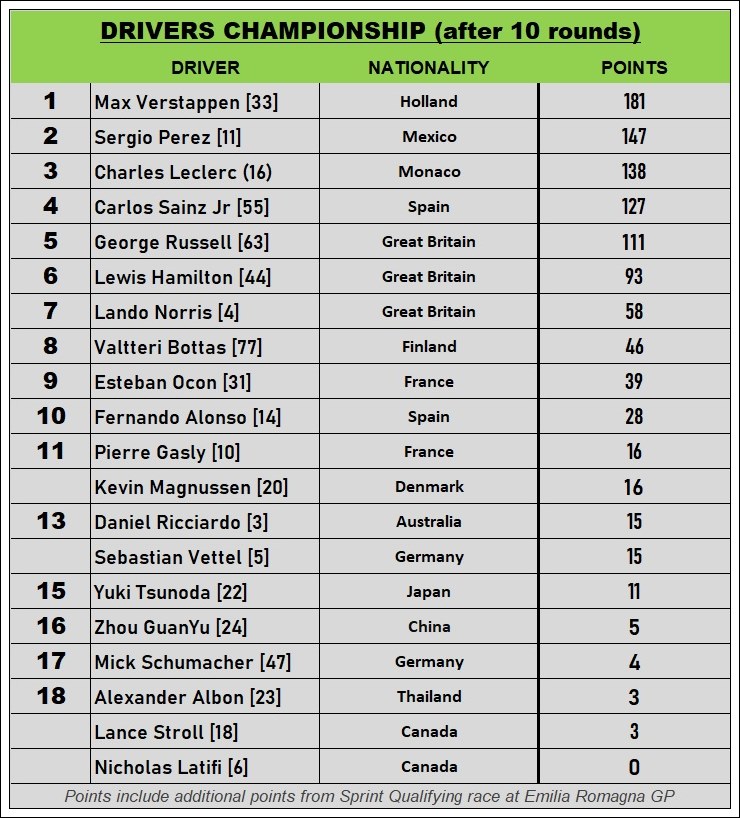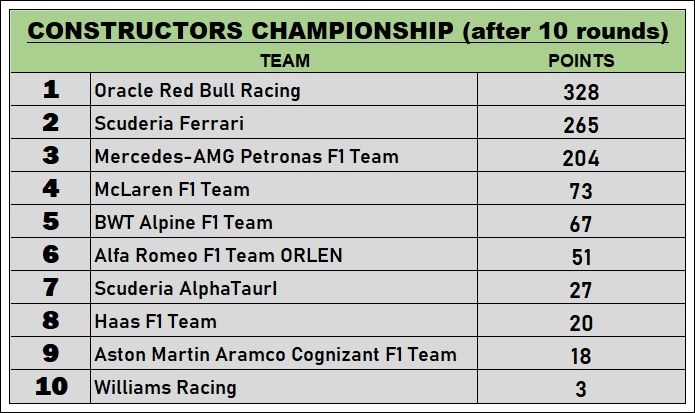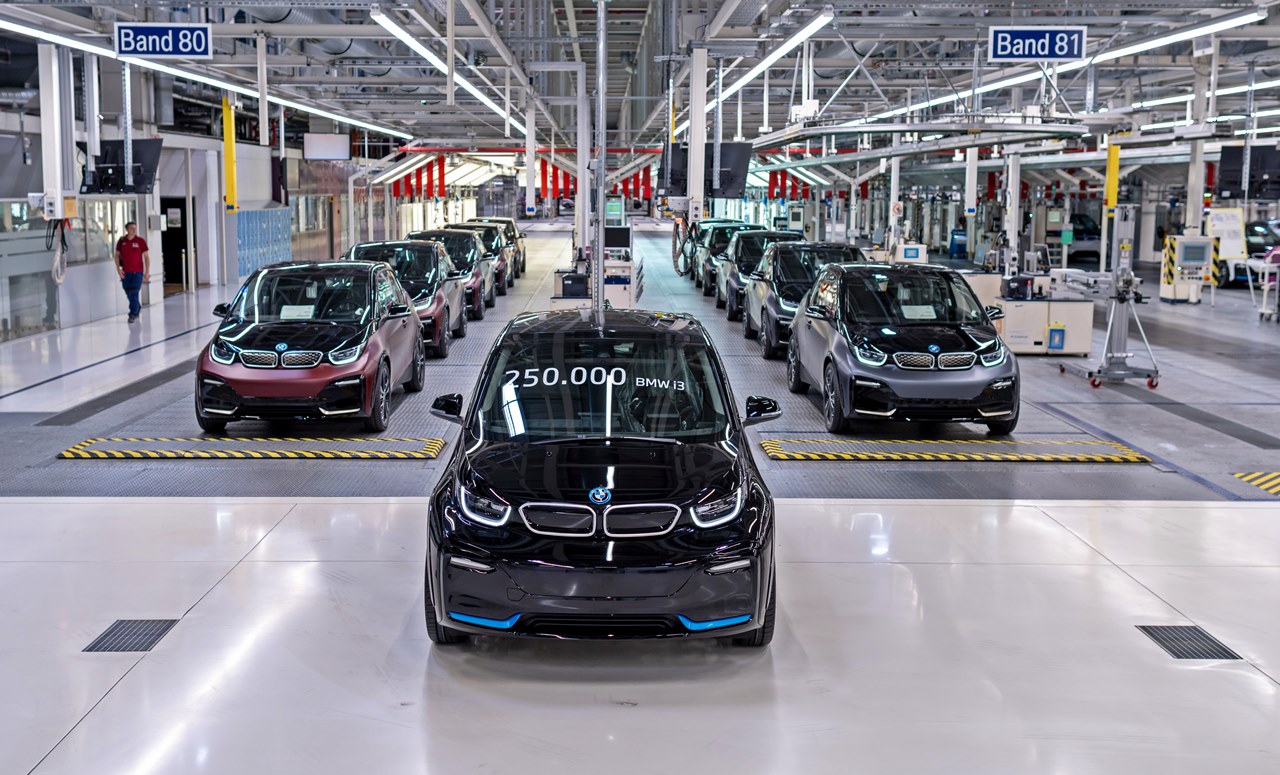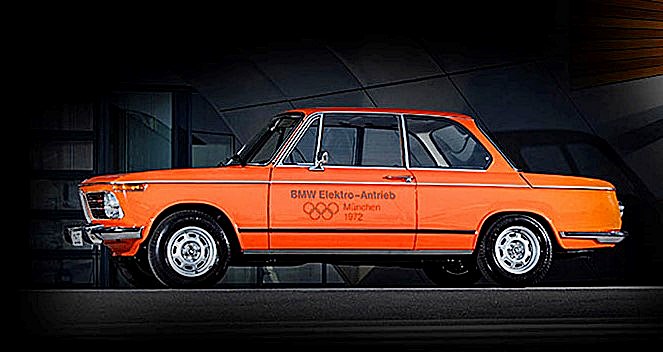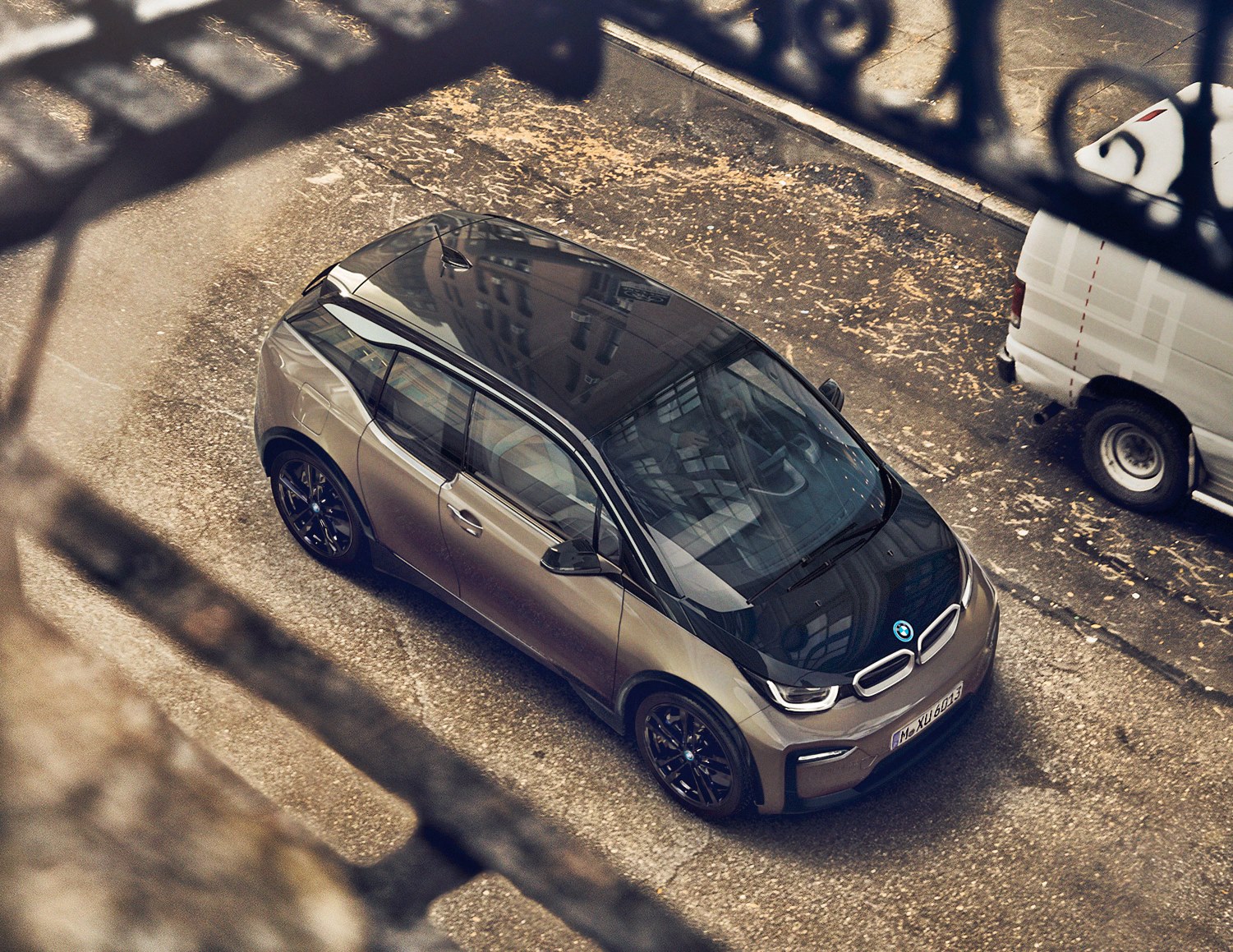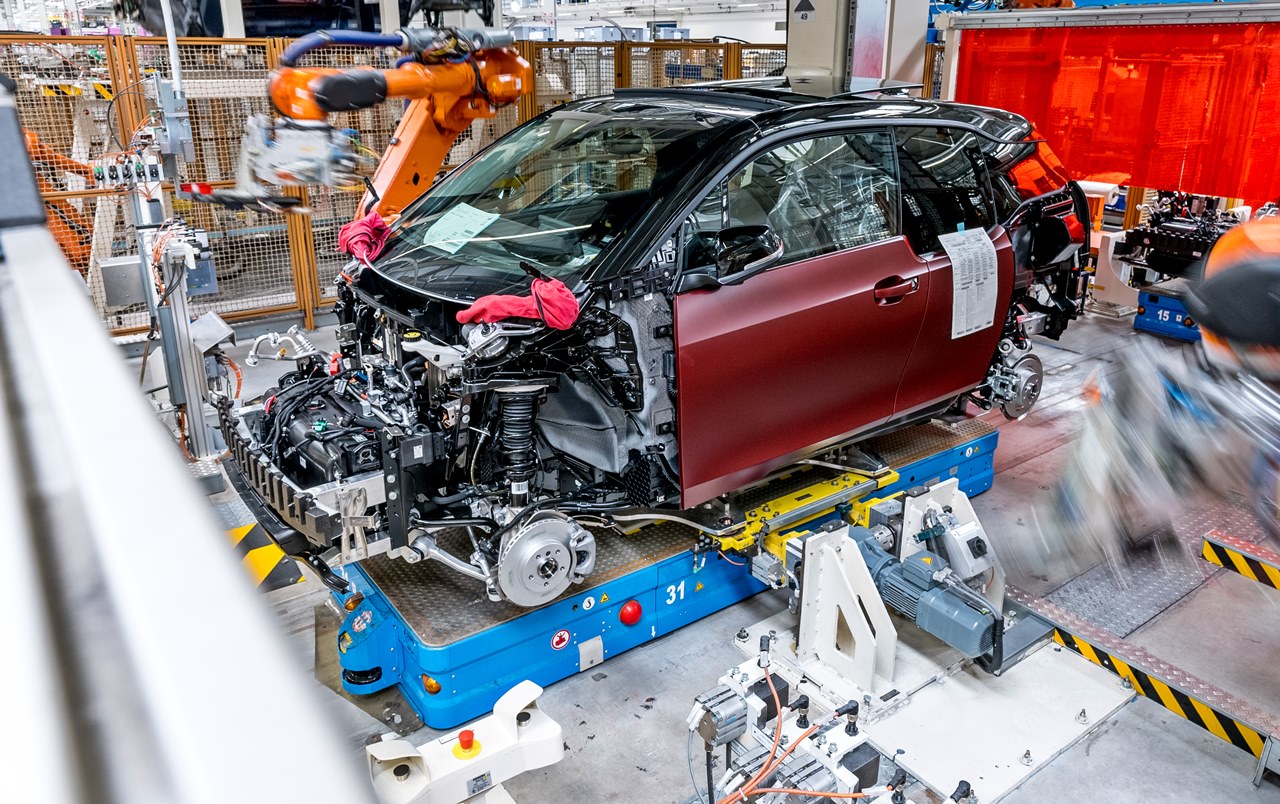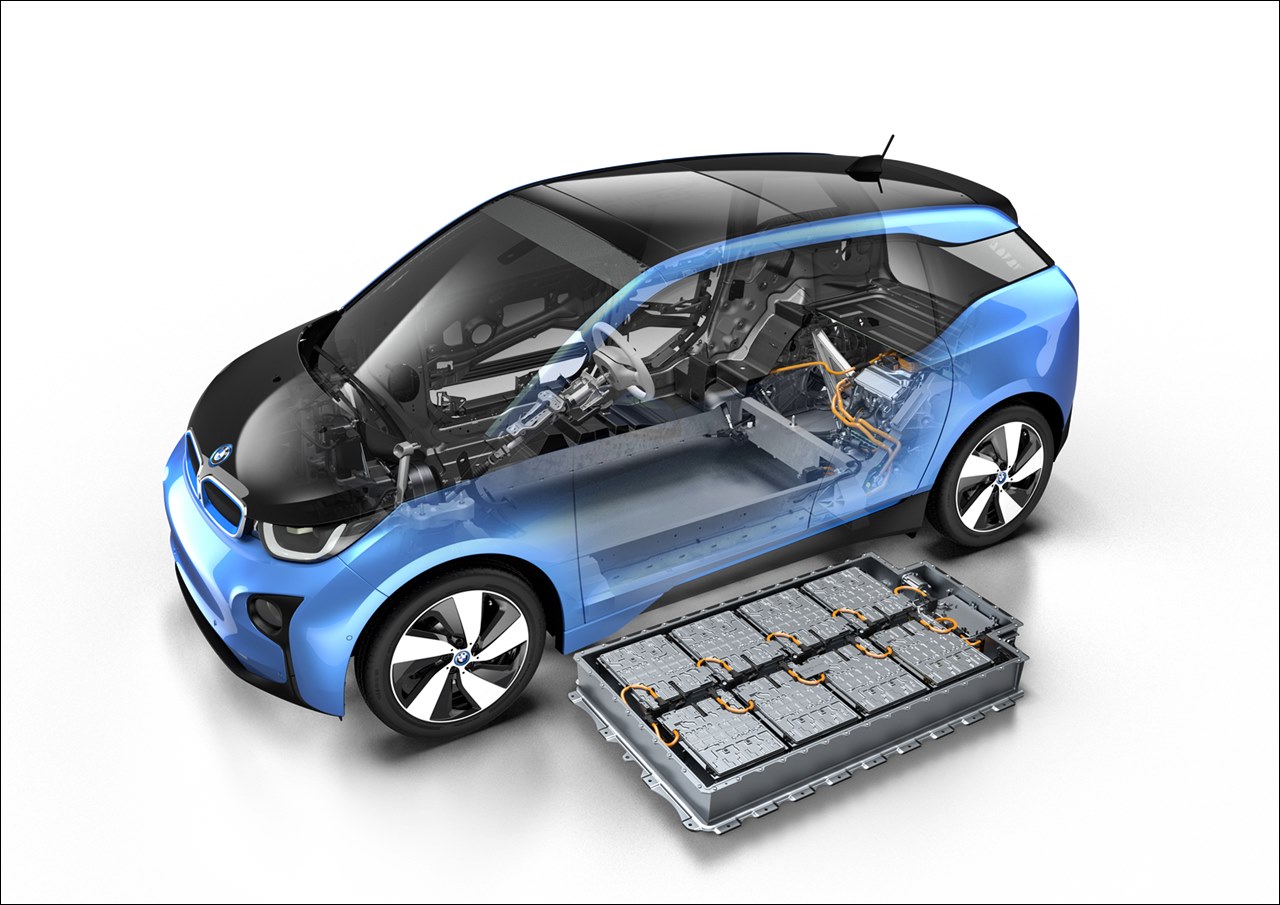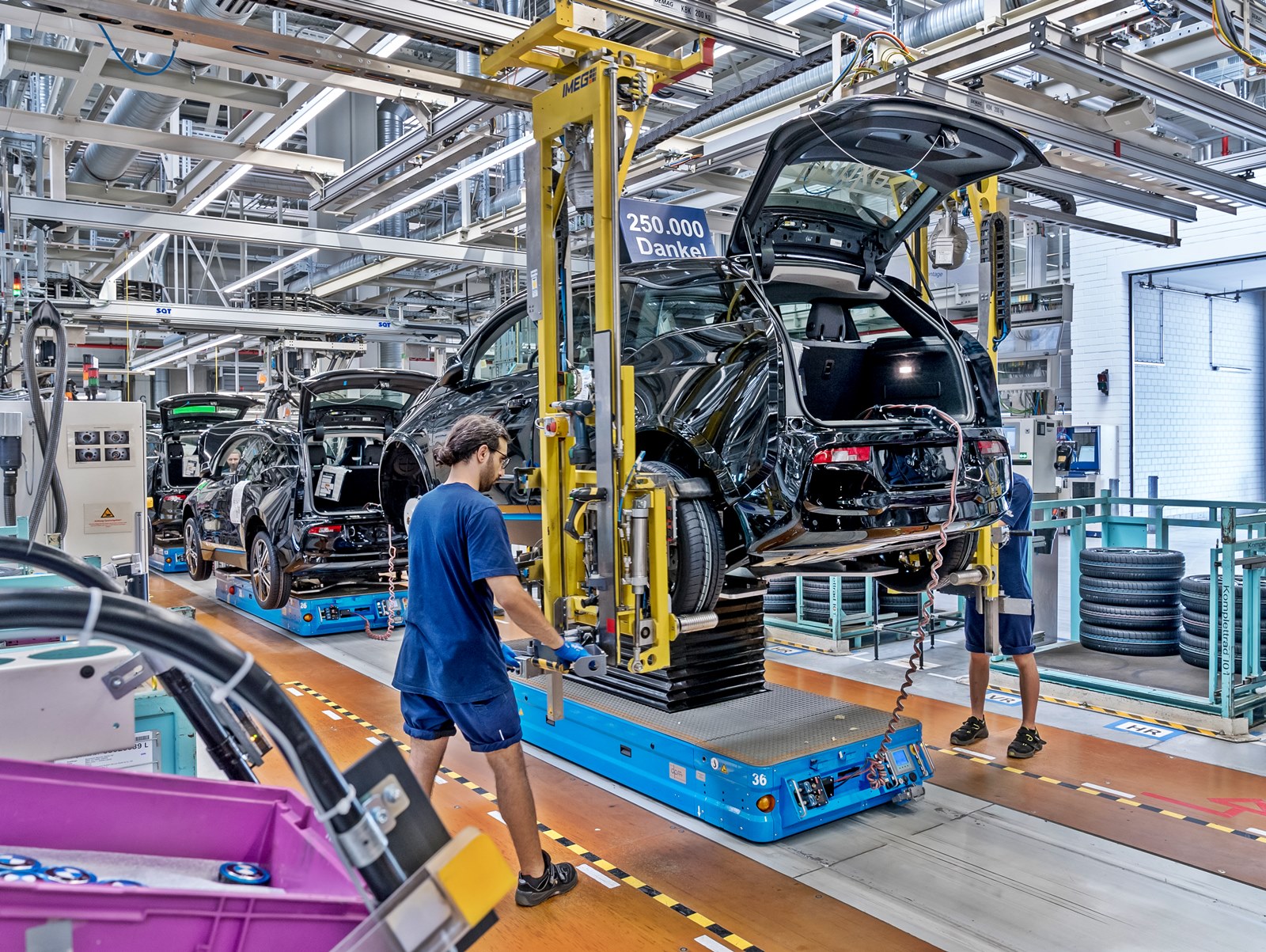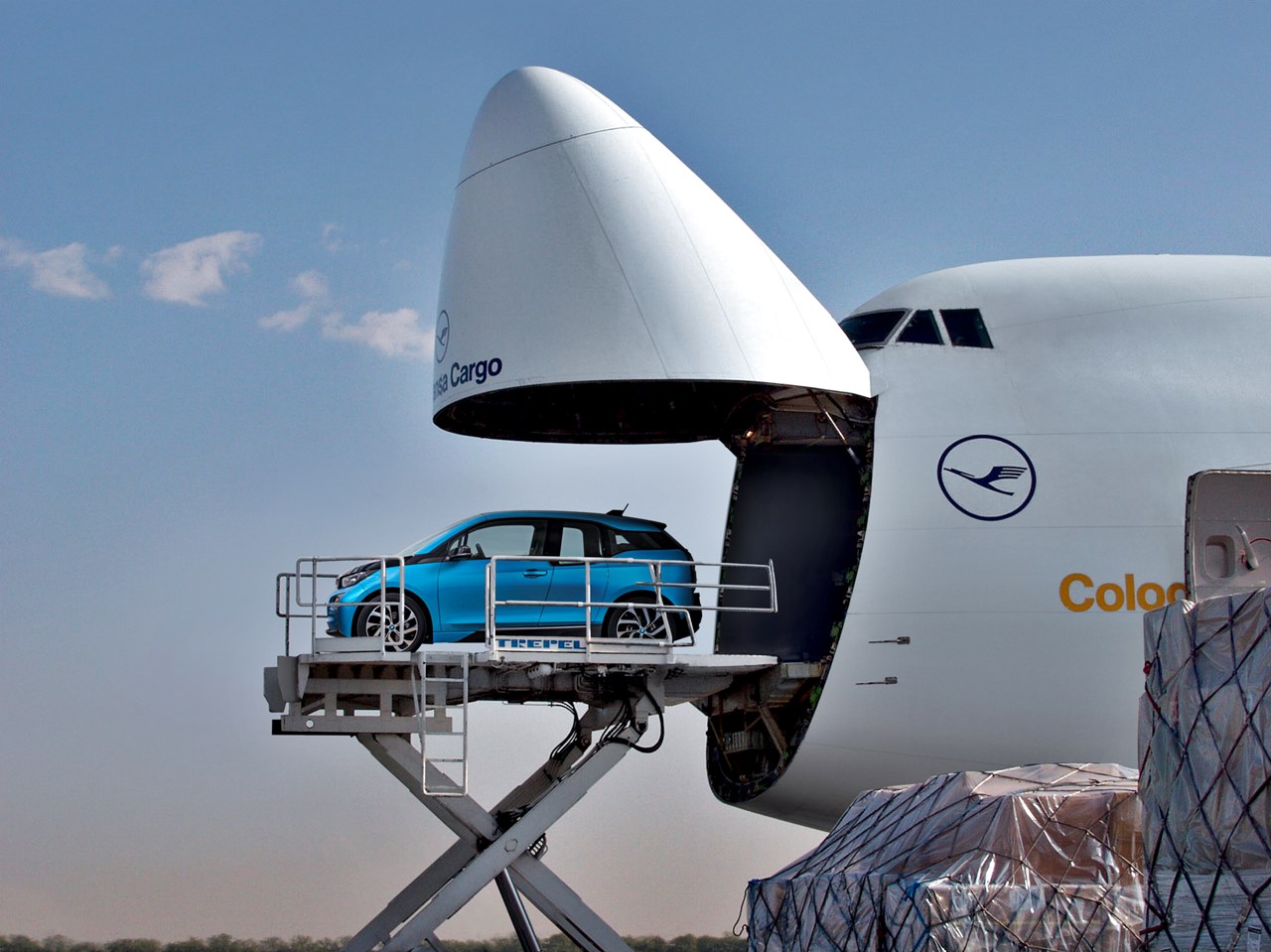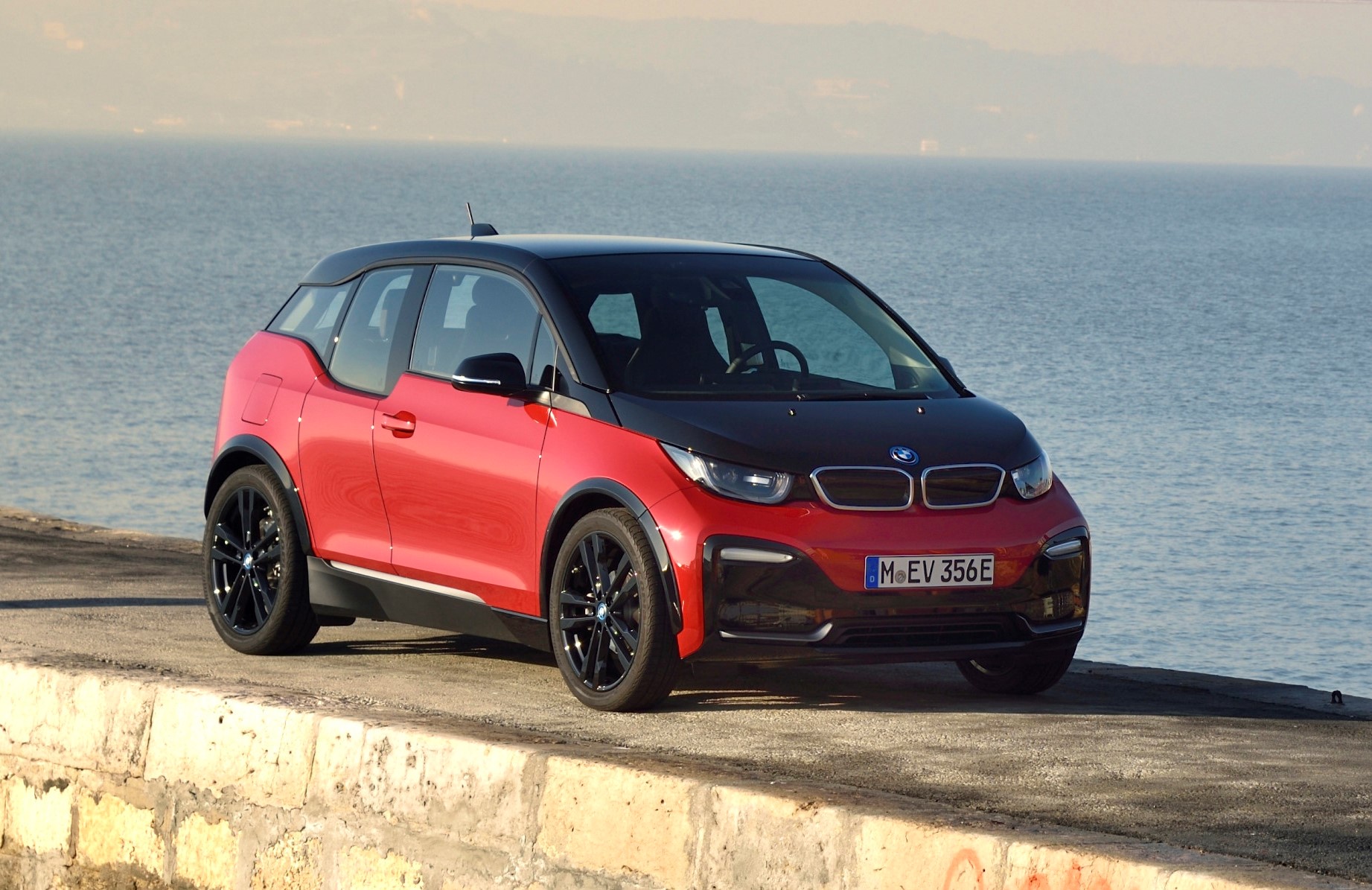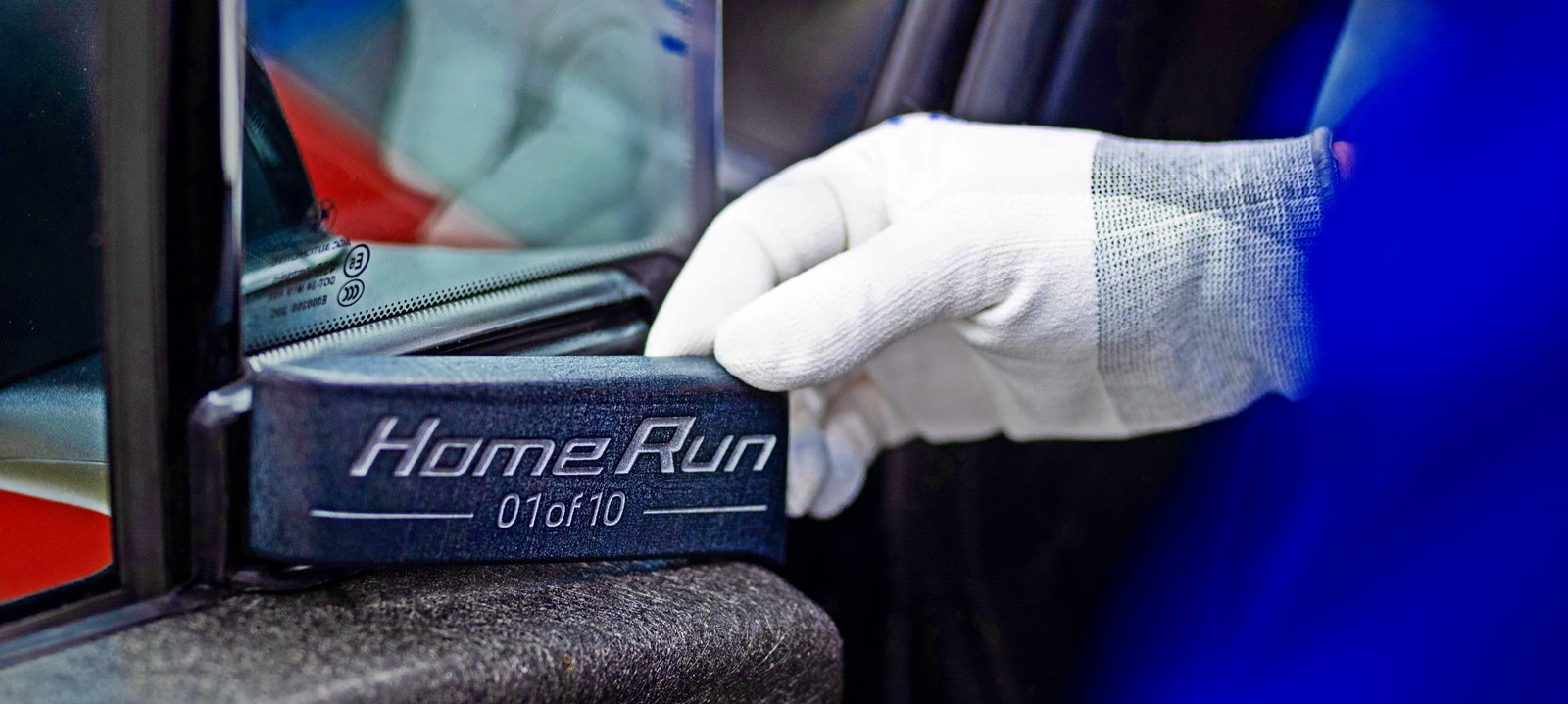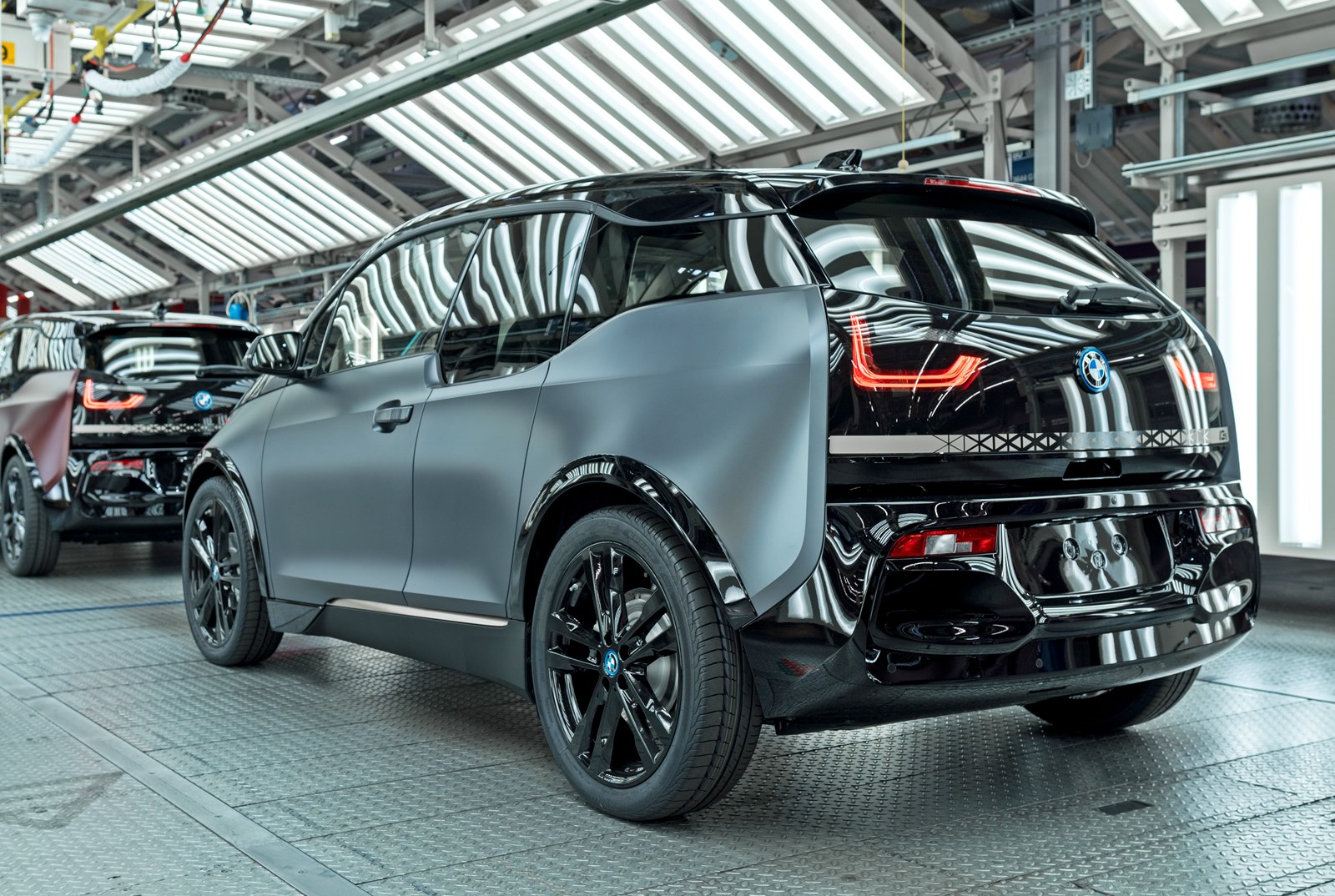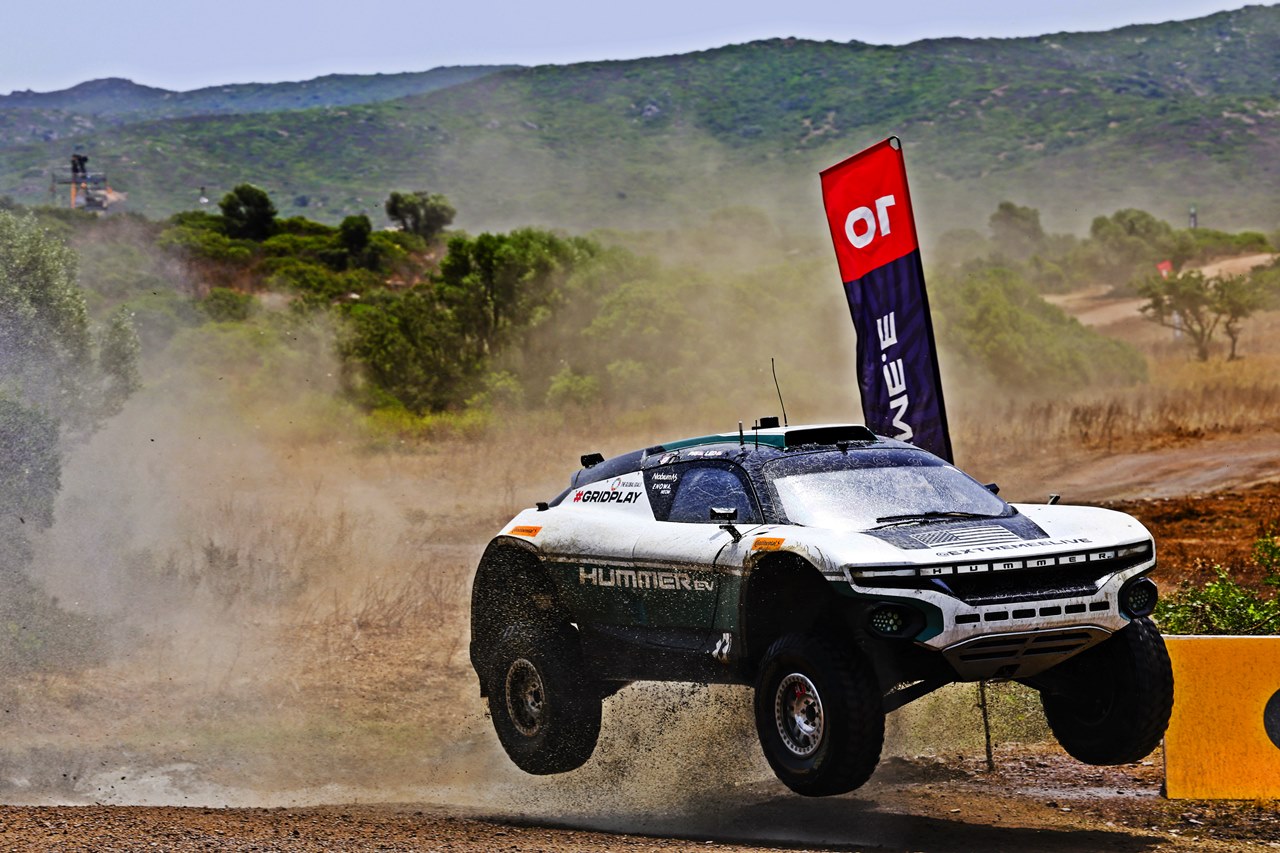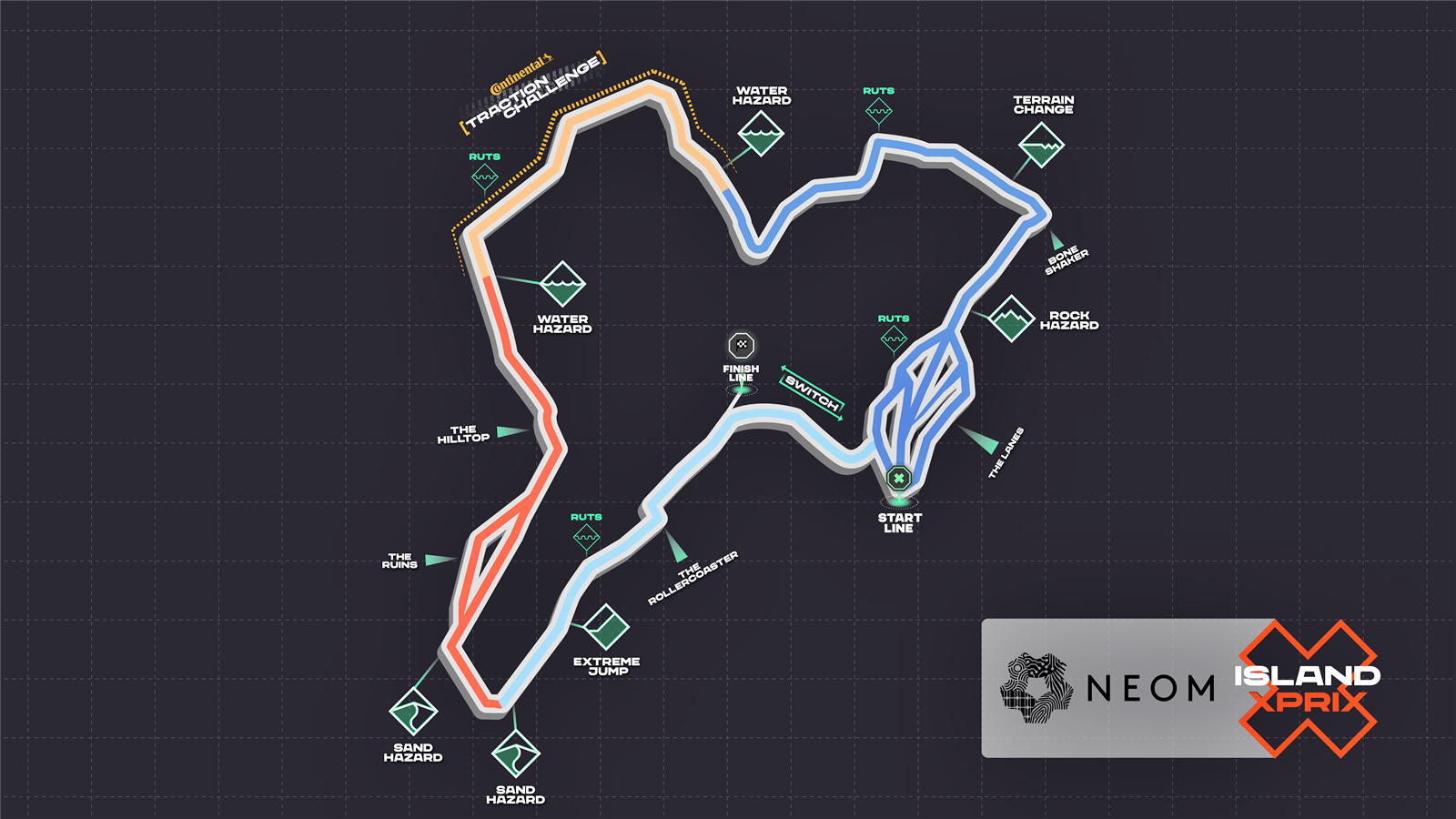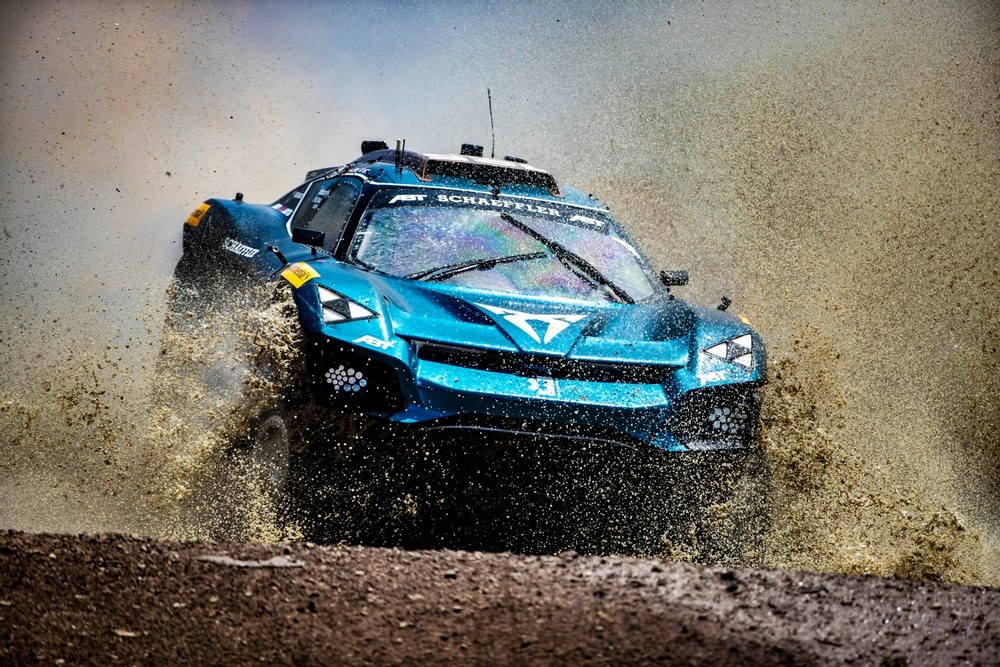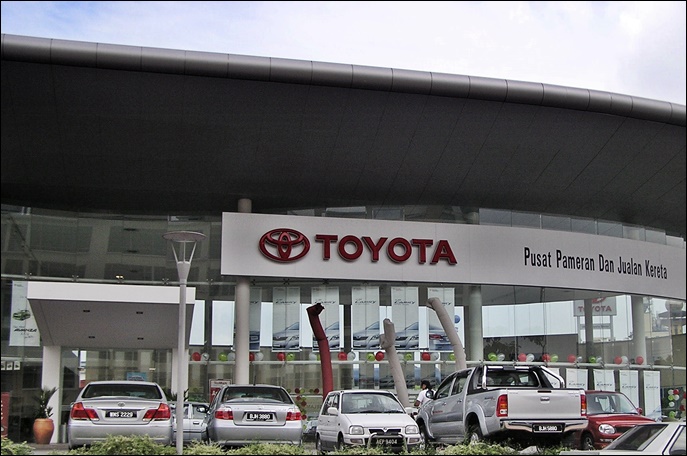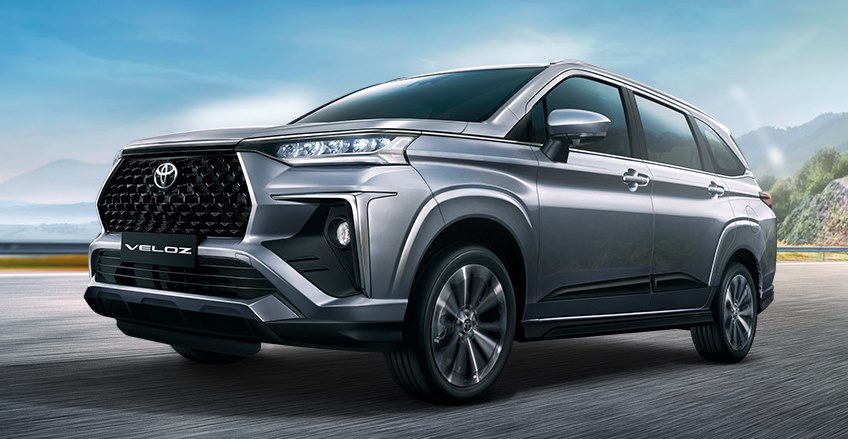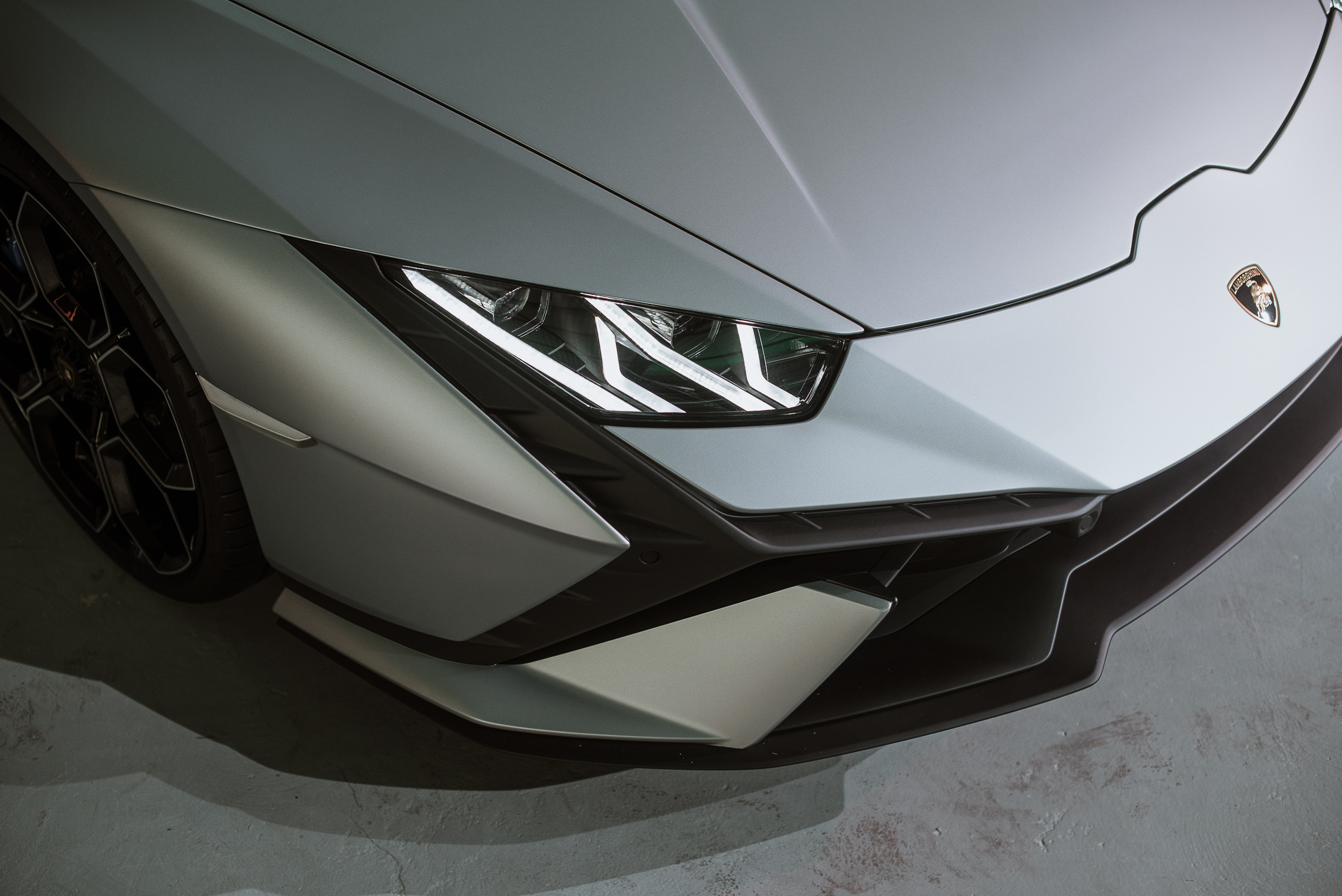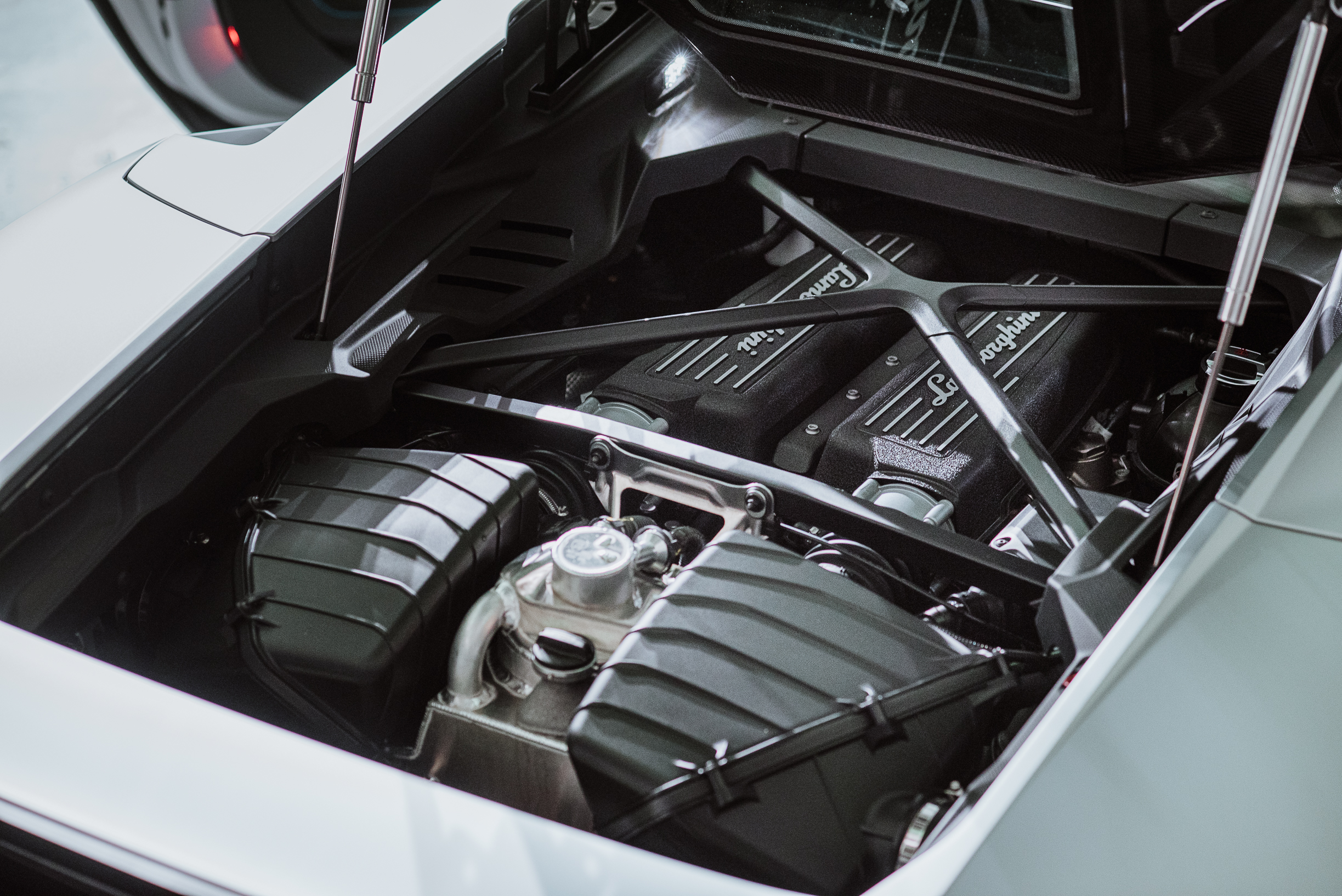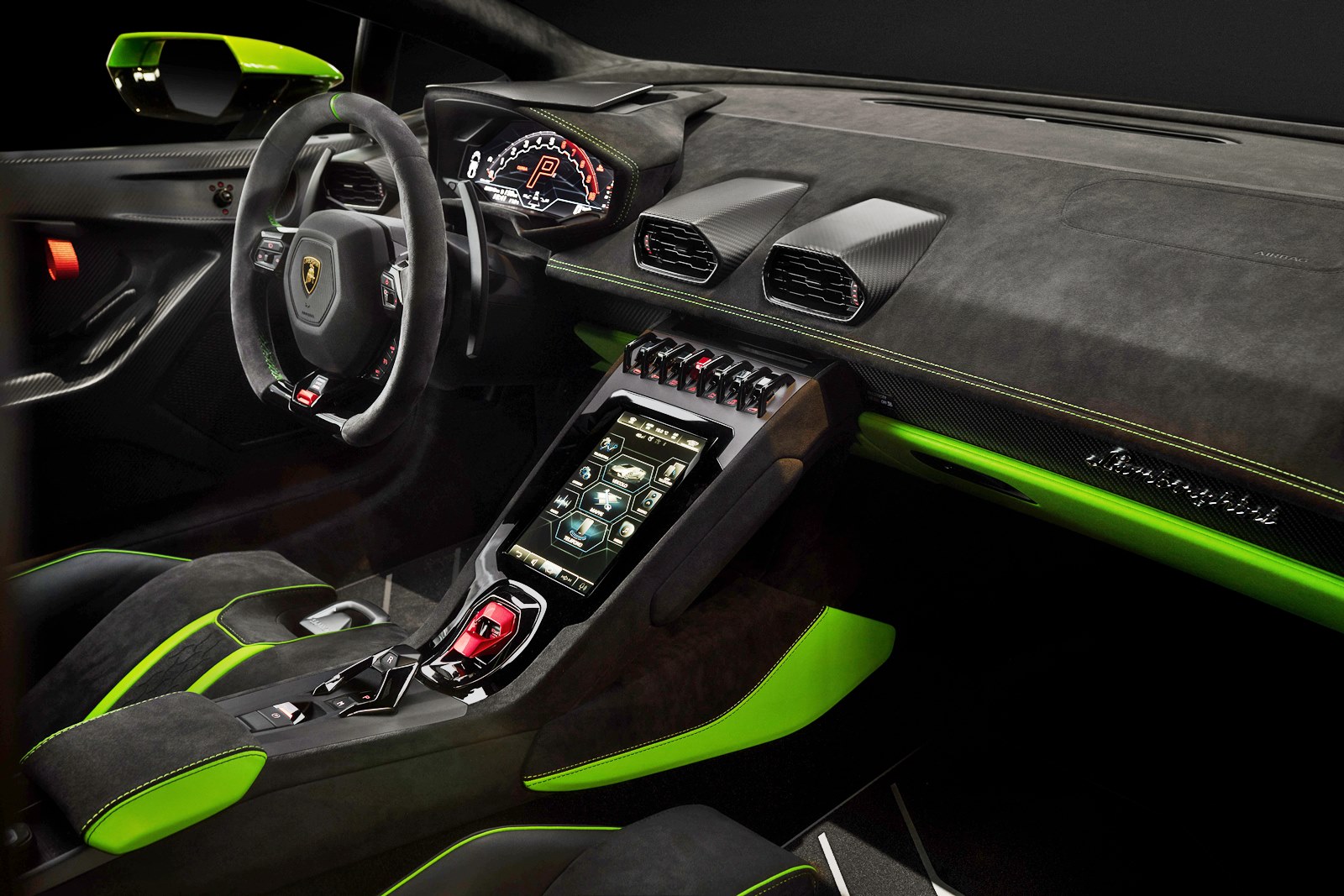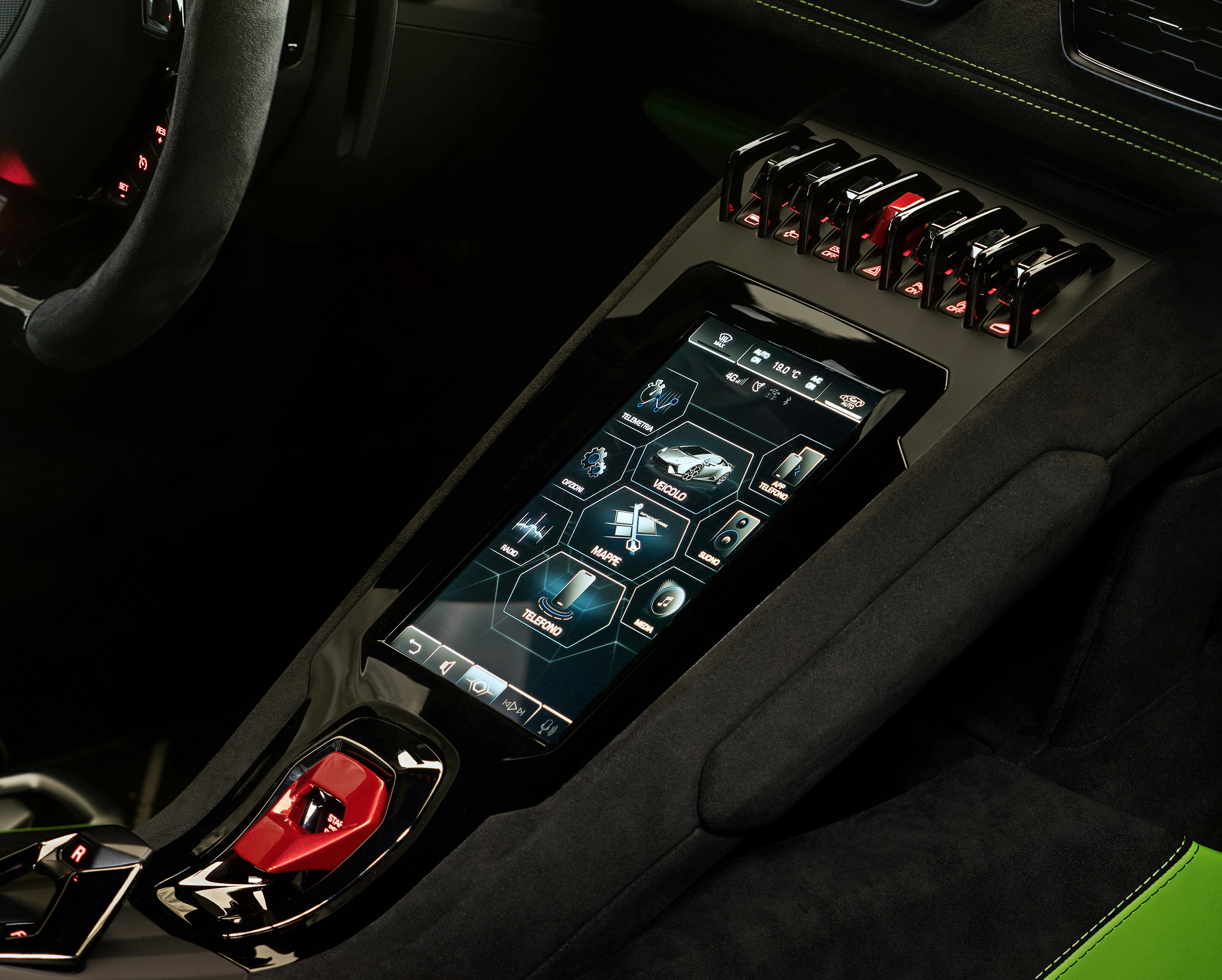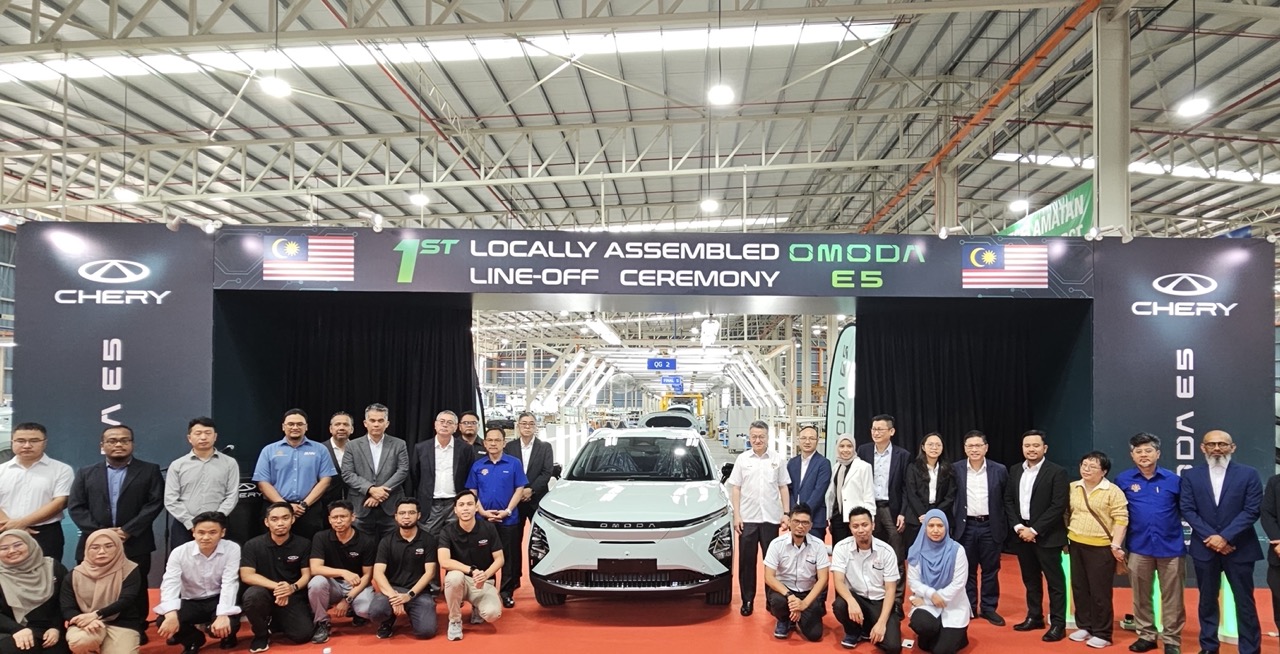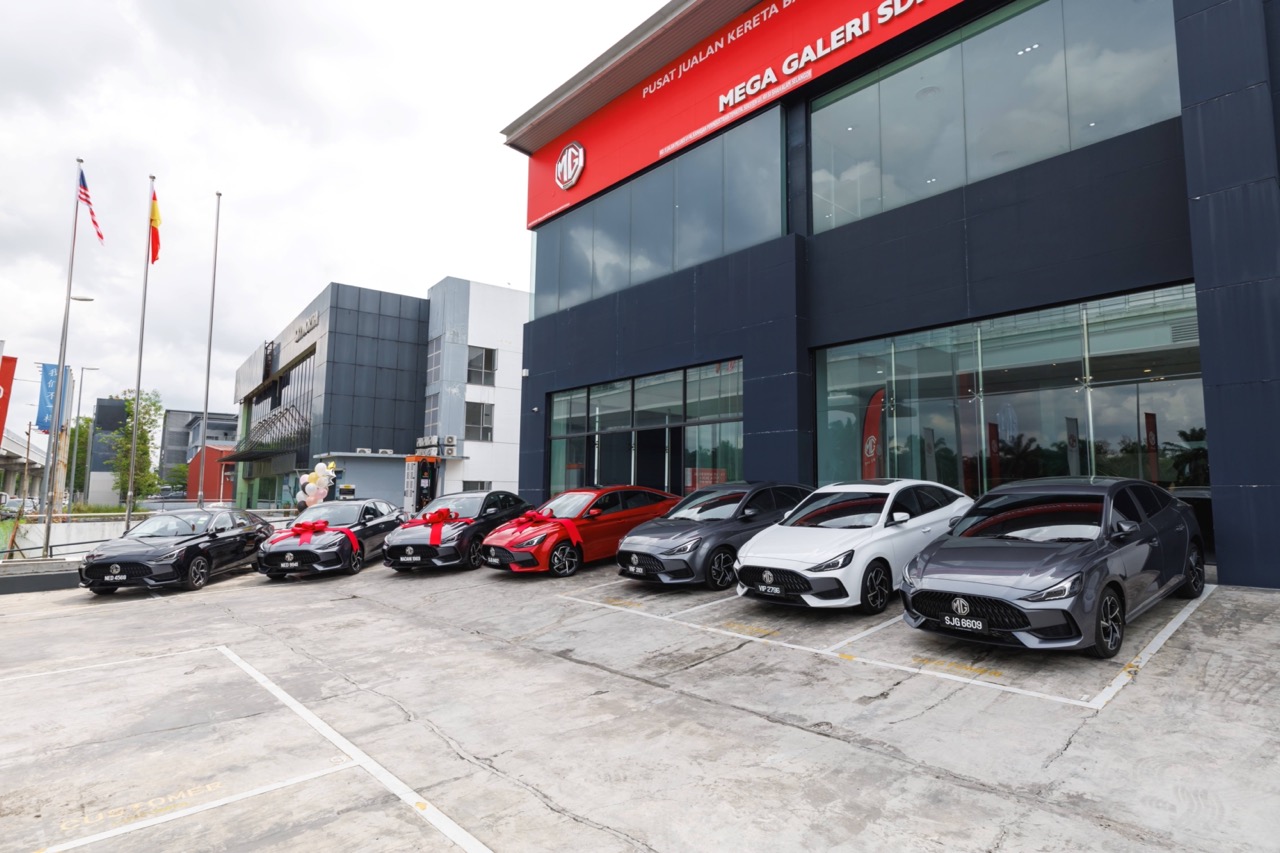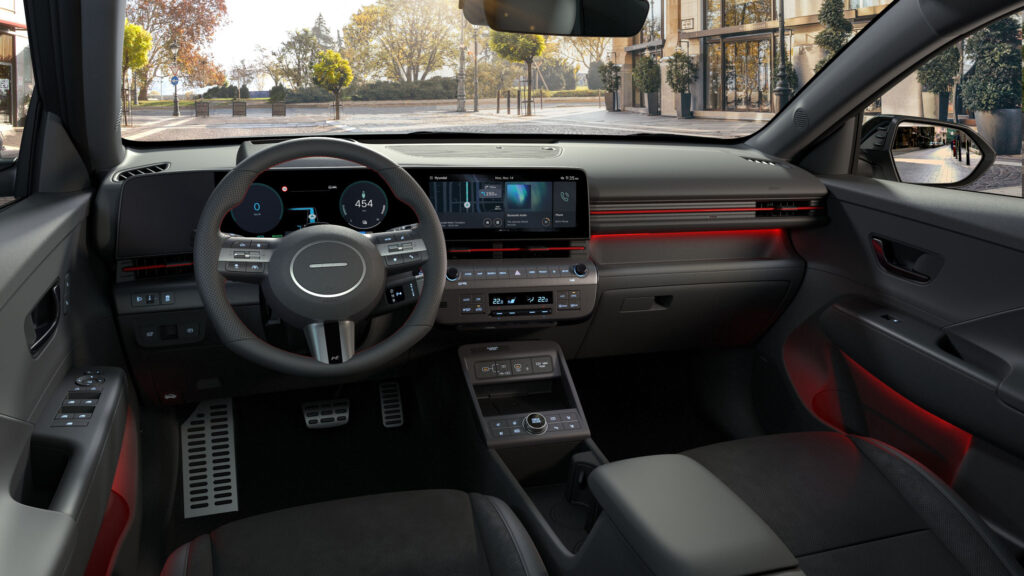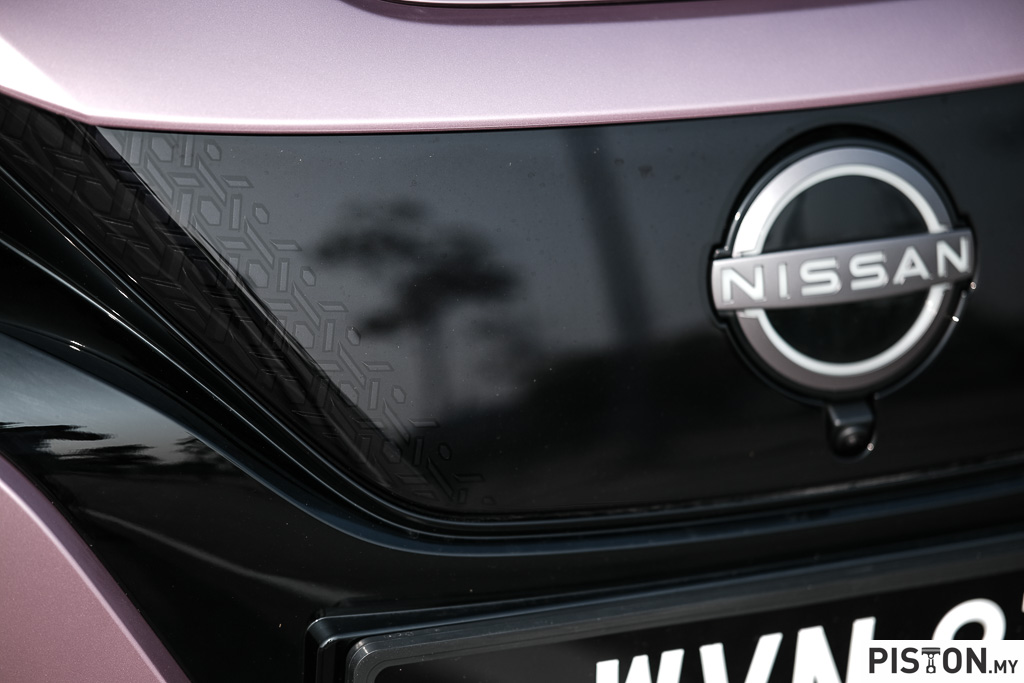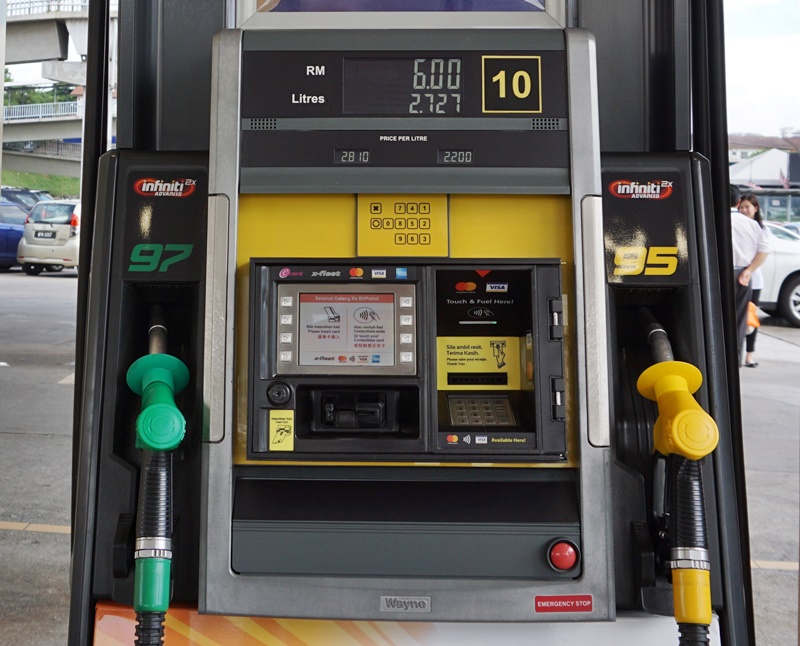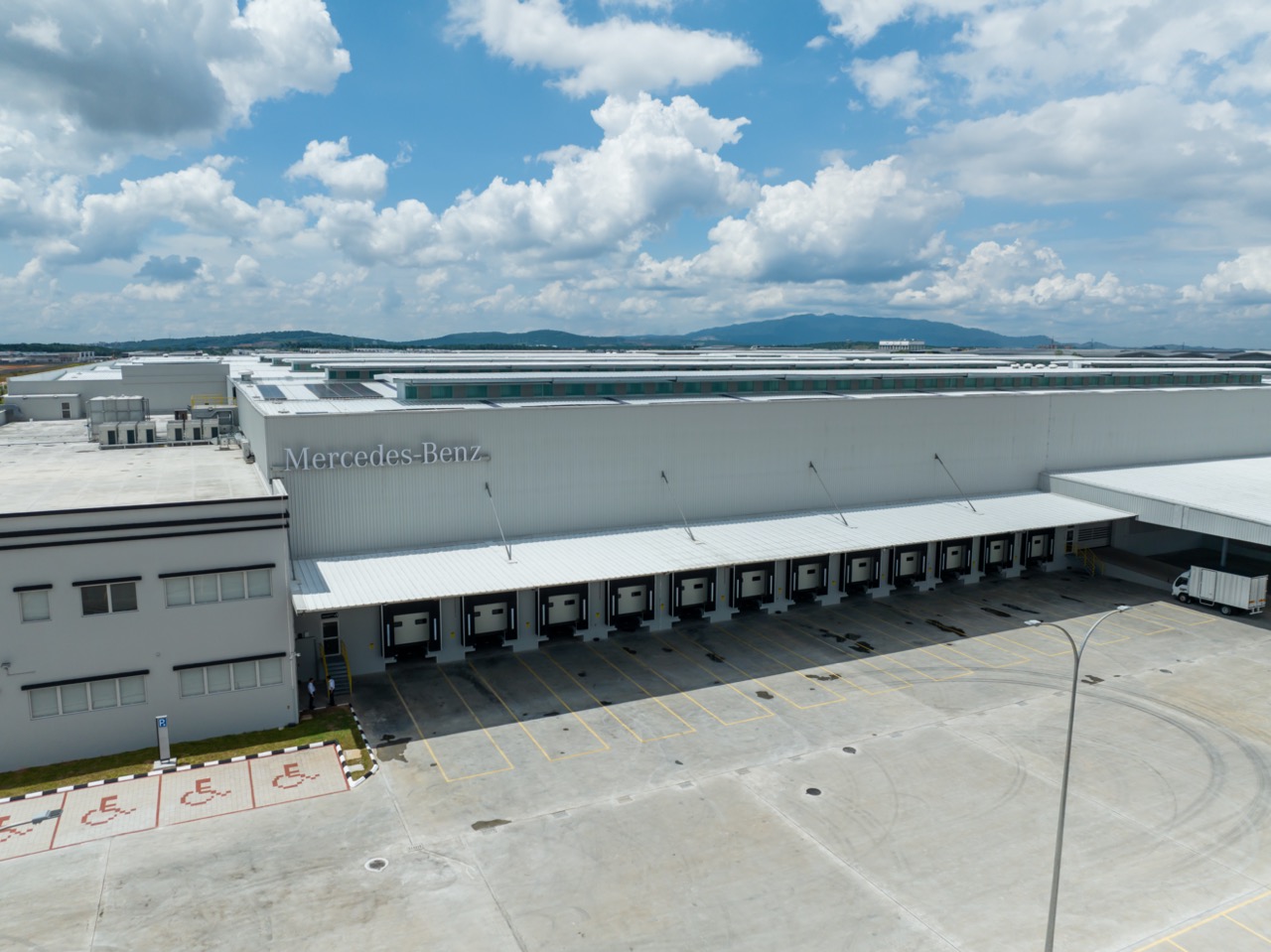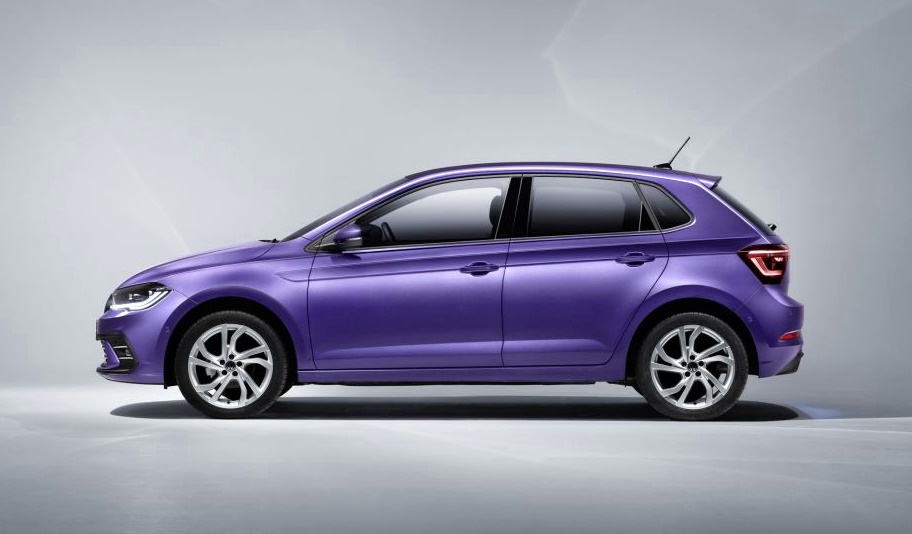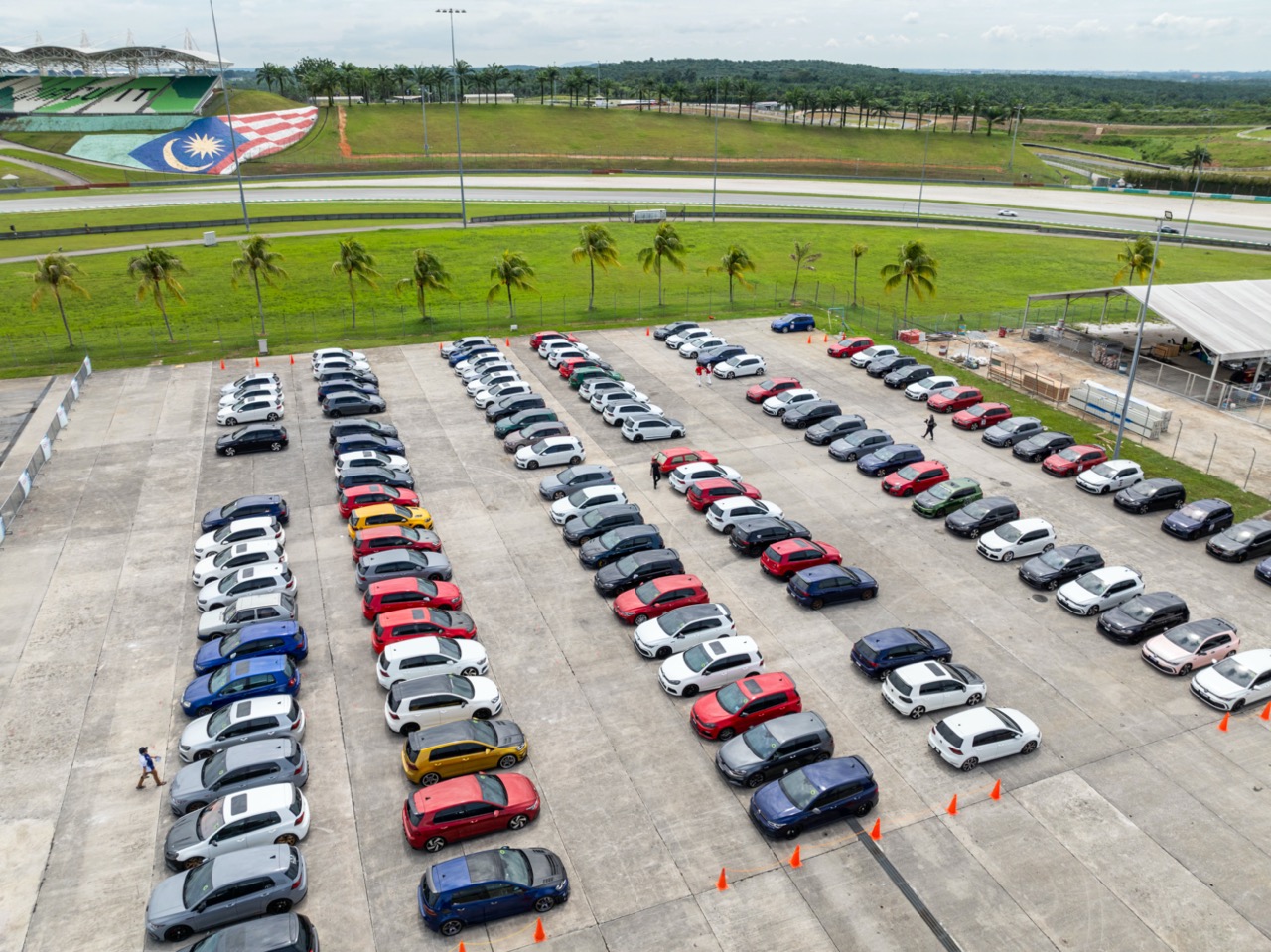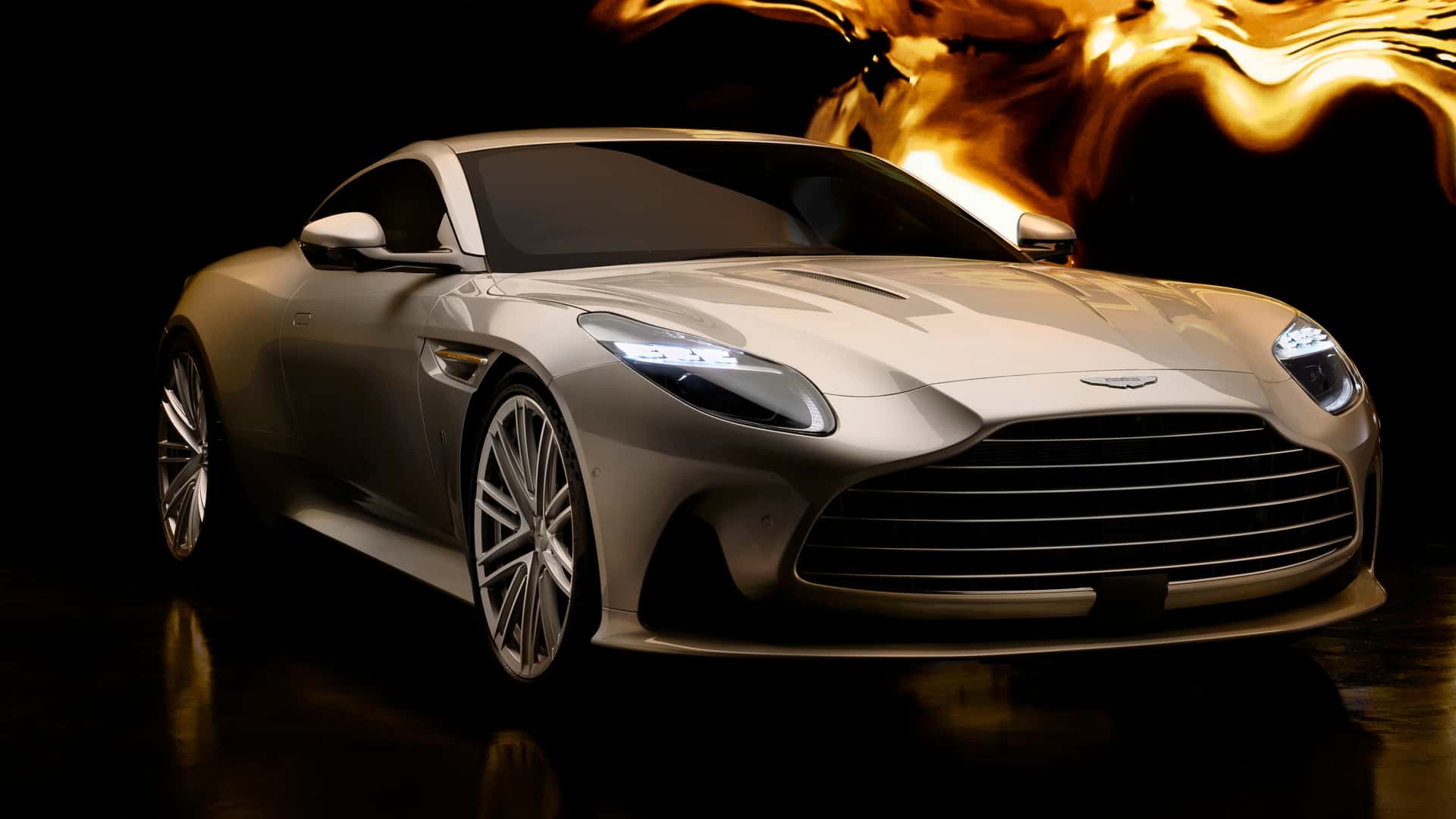In the 1960s, Volvo drew attention to the importance of a car seat being designed for a correct posture to provide not just comfort but also promote driving safety. Its seat designers consulted specialists on a subjected that would come to be known as ‘ergonomics’ and developed a revolutionary seat that would set new standards in the industry.
The carmaker’s pioneering work encouraged other companies to also give more attention to car seats and not treat them as just a place for the occupants to sit on. In the years to follow, many more new ideas (some by Volvo) would be introduced in seat design which would increase comfort as well as safety.
New benchmark in wellbeing
In 2022, the new Airline Seat Specification of the Bentley Bentayga EWB represents ‘the most advanced seat ever fitted to a car’. It demonstrates a new benchmark in wellbeing features, providing the most comfortable experience possible for those travelling on extraordinary journeys. 50% of the customers who are buying the longer version of the Bentayga have specified this seat to go with their purchase.
Along with the systems to deliver Auto Climate and Postural Adjustment, the Airline Seat has a suite of technology beneath its handcrafted leather surfaces. An array of no less than 12 electric motors operate silently to deliver 22 ways of adjustment in the seat alone. This allows the user to shape the seat to suit their body shape and also to work or rest. The motors are joined by three intelligent pneumatic valve electronic control units, and the combination of motors and valves is overseen by a master Seat Motion & Wellbeing ECU.
Studies have shown that actively supporting body weight in a dynamic way relieves strain, which can prime mental stress and create lack of focus. Natural supported postures have been shown to alleviate stress from tensed muscles. The postural adjustment system automatically makes micro adjustments to the passenger’s seating position and pressure points, using an algorithm developed in collaboration with a chiropractor.
The system can apply 177 individual pressure changes across 6 fully independent pressure zones over a 3-hour period, improving comfort and minimizing fatigue throughout a journey. By subtly changing the shape of the surfaces of the seat over time, no single area of the body endures pressure fatigue for an extended period – meaning the occupant is always comfortable.
Postural Adjustment System
While many fatigue recovery system exist (seat massage, for example), the Postural Adjustment system is the next step further providing a proactive anti-fatigue system. By subtly adjusting the contact pressure between body and seat through soft pneumatic activation zones, the system goes beyond the 2D motions typical of adjustable seats, and employs a 3-dimensional twist to relieve pressure points. These motions are controlled by complex algorithms that have been developed in collaboration with a chiropractor who deals with clients who experience discomfort on long car journeys.
Working with specialists Comfort Motion Global (CMG), Bentley has developed a scientific, pneumatic postural adjustment system. CMG has been working in the field of fatigue prevention for several years, conducting medical-based research trials that highlight the benefits of changes in posture for comfort and wellbeing.
By creating subtle changes in the seat surface contact zones, body tissues that have been under pressure are relieved, and other areas, pressure is then applied. This allows the body a chance to locally recover naturally. The postural motion creates small changes in back and limb angles and can increase blood flow. Particularly in the lower back and lower limbs reducing discomfort, therefore passengers remain more alert and focused for a much longer period.
Seat surface sensing system
Many premium and luxury models have ventilated seats nowadays, with fans within that blow hot or cool air onto the body. The Airline Seat offers even more with the world’s first seat surface sensing system for thermal comfort. It uses a suite of sensors that constantly measure both passenger contact surface temperature and humidity level, to an incredible accuracy of 0.1°C every 25 milliseconds.
The passenger defines an optimal surface temperature target from 7 settings. Sensors measure and produce live data to determine what seat heating, cooling and ventilation levels are required to achieve the best comfort temperature for the passenger. The system then maintains the optimal thermal comfort throughout the journey with micro adjustments to the seat thermal system to maintain the setpoint.
In trials, it was observed that a human can only notice a change in surface temperature between 1° -2°C, but the system is constantly monitoring actual temperature to a much more detailed level, so it knows what the passenger is going to need before they would know themselves. This live data allows the system to activate before the passenger even knows it is required, providing an intelligent and autonomous experience where manual control is no longer needed to maintain comfort.
Auto Climate System
The auto climate system, which has 7 set points) uses existing seat heating technologies, but a new seat ventilation fan has been developed that can move approximately 80% more air than the previous system. Less power is consumed than the current seat climate system and, in Auto Climate mode, the overall power consumption of the complete system is around 40% less than being manually activated by the passenger.
The EWB Airline Seats have optimized seat contact profiles as well as a complex seat interlayer construction, tuned to work in perfect harmony with the chassis of the car. Working together the ride comfort is smooth and passengers are isolated from road vibration.
The adjustable profiles can morph to suit different customer shape and build. The adjustable leg and footrest feature allows customers to achieve a seated posture that is individually comfortable to them for longer periods.
The Airline Seat Specification also adds further cushion and backrest bolster adjustment, cushion extension, electric headrest height adjustment and a deployable footrest to the back of the front passenger seat. The rear seat passenger on this side of the car can also move the front passenger seat forwards via a ‘VIP mode’.





